In many cases, when the subject is aware that you’re taking pictures of him, he’ll often appear less relaxed. Only photographers who can blend in can capture the real face. Clearly, I’ve got this down pat. Haha.

In many cases, when the subject is aware that you’re taking pictures of him, he’ll often appear less relaxed. Only photographers who can blend in can capture the real face. Clearly, I’ve got this down pat. Haha.

I’ve been paying a lot of attention to handshakes lately, photographing them as I come across them, after all, they are one of the most obvious human interactions. You are limited by what you have.
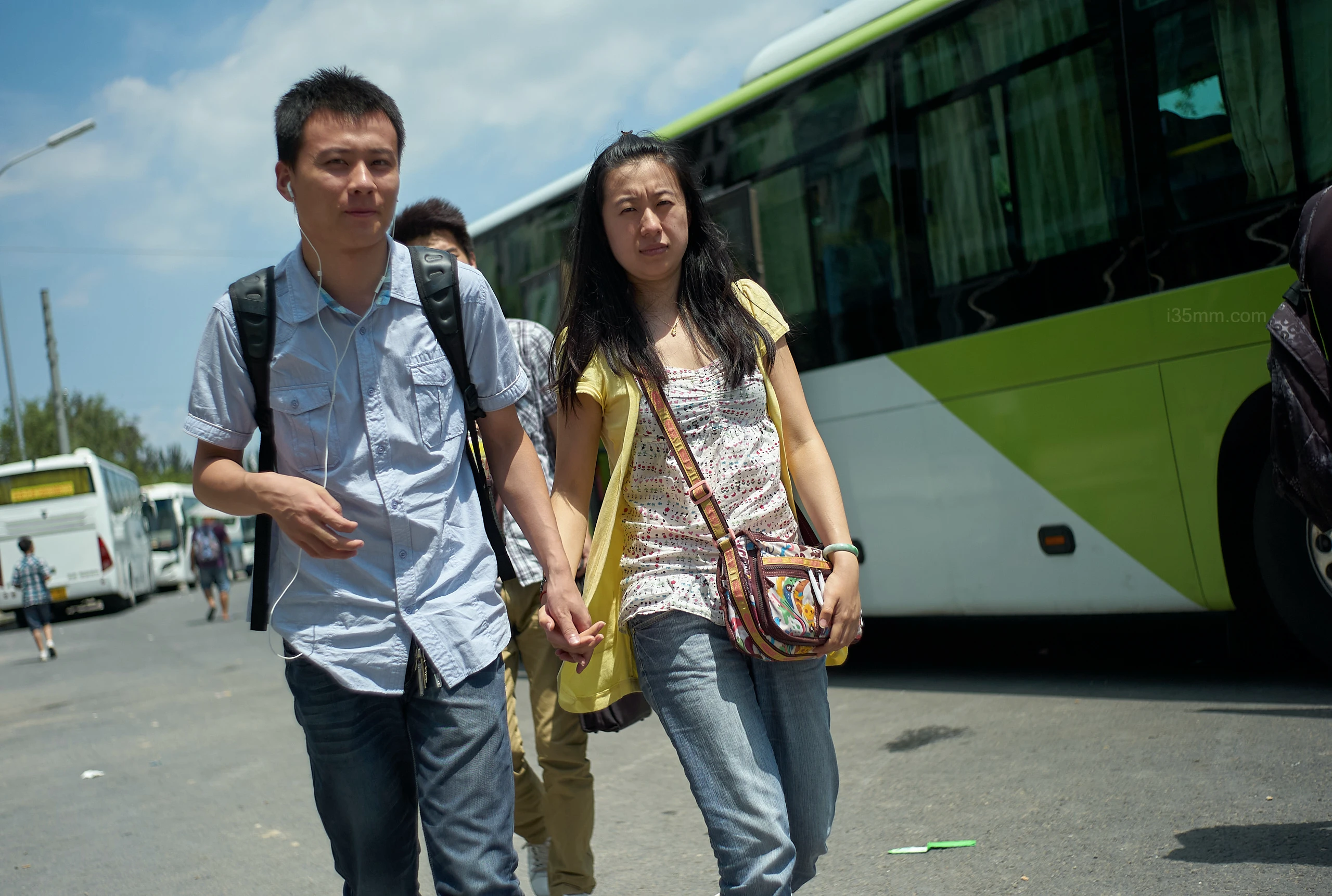

Don’t just ride your bike and forget to smile at the world! The world is always recording your every expression, so make sure it’s a happy one!
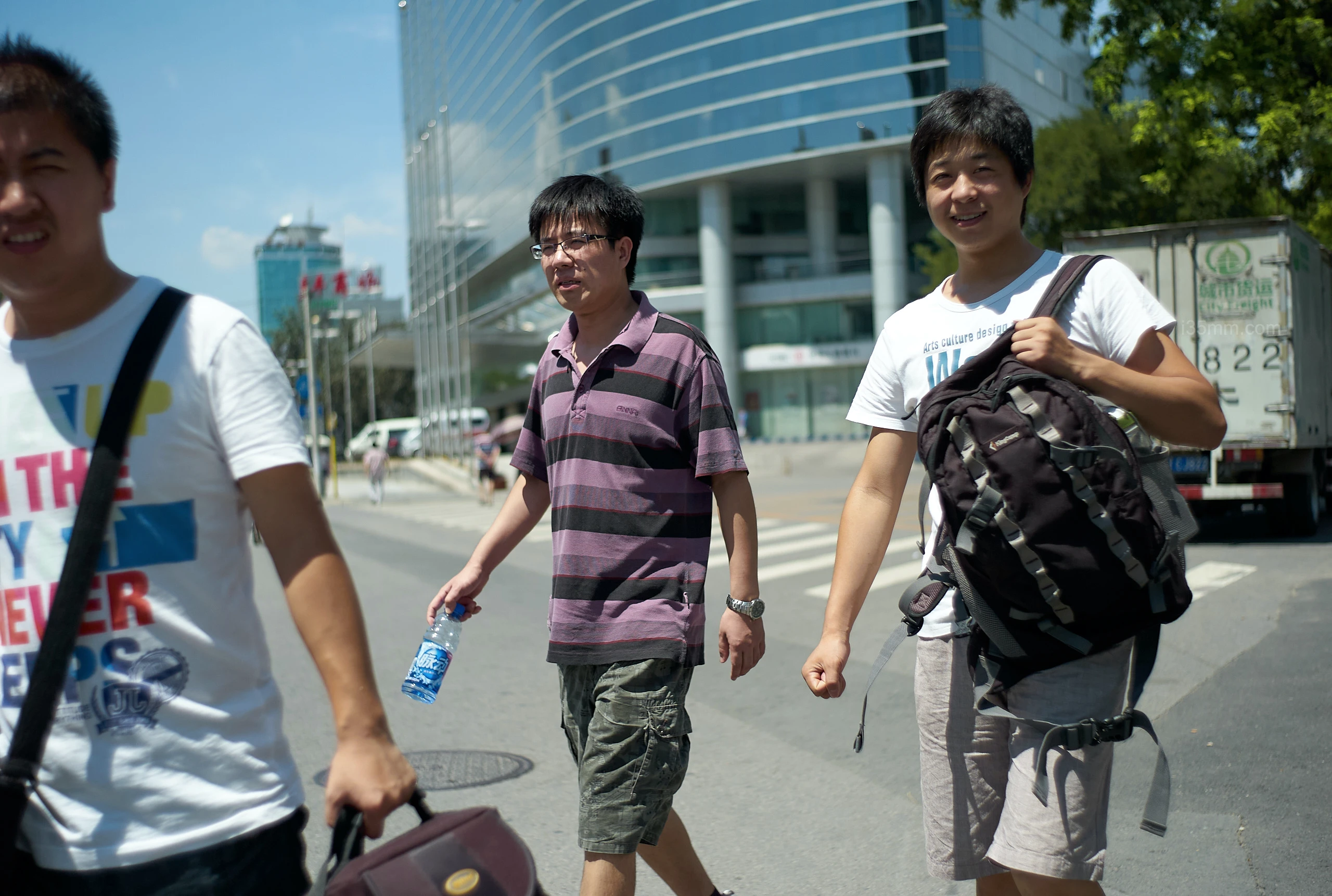
Street photography is like an impromptu movie you watch for free in the real world. As you walk down the street, you see everyone as the star of their own story. The photographer captures all those little moments, like the way people move, what they look like, and the way they bump into each other. It’s as if the director never said “cut.” The drama of life has been captured on camera, and you are the audience and recorder.
You don’t need a script or an actor to rehearse because the most real and touching moments often happen in the most unconscious moments. People walking, talking, smiling, frowning, and every subtle change of expression and natural twist of the body are like the invisible director’s interpretation of their plot for you. All you need to do is stand back, use your own unique perspective and keen perception to capture those fleeting images, as if you were using someone else’s body to tell a colorful story of theirs and the world.
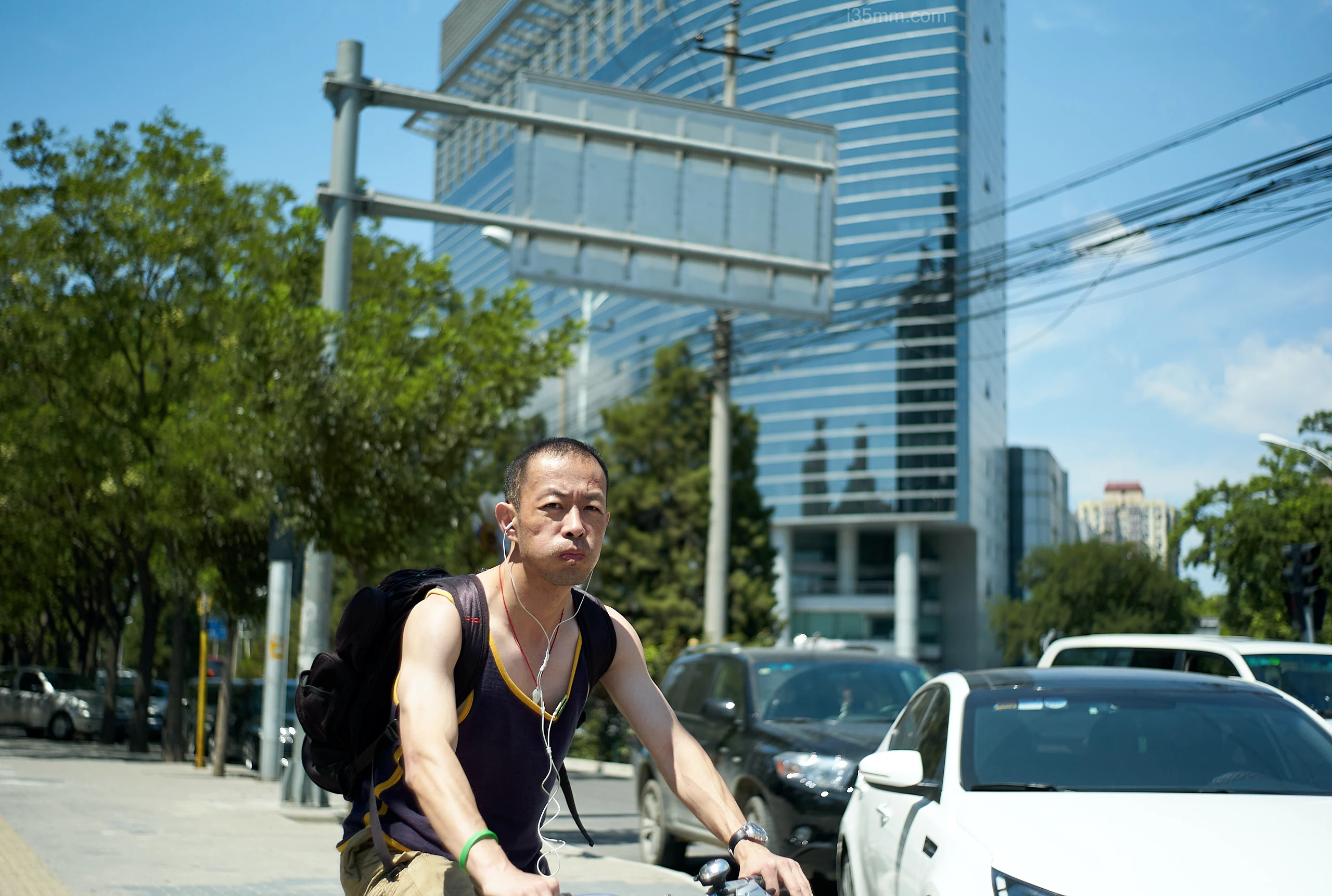
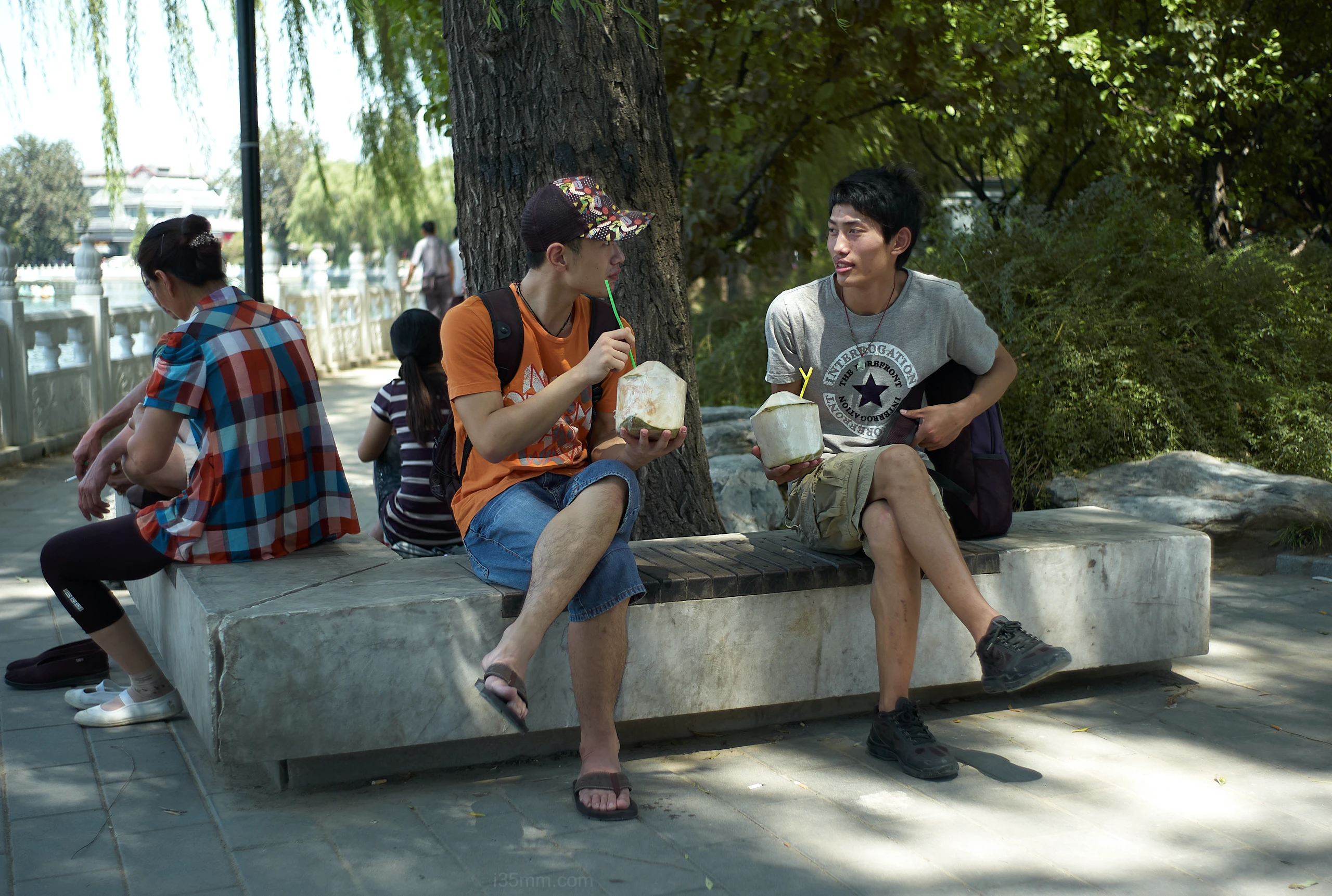
As I’m taking the photo, I suddenly realize that I’m about to bump into a group of people on the other side of the street. There’s a moment of tension in the air as we both move towards each other. In the blink of an eye, I took the photo, capturing the moment when we were about to meet but had never really touched each other.
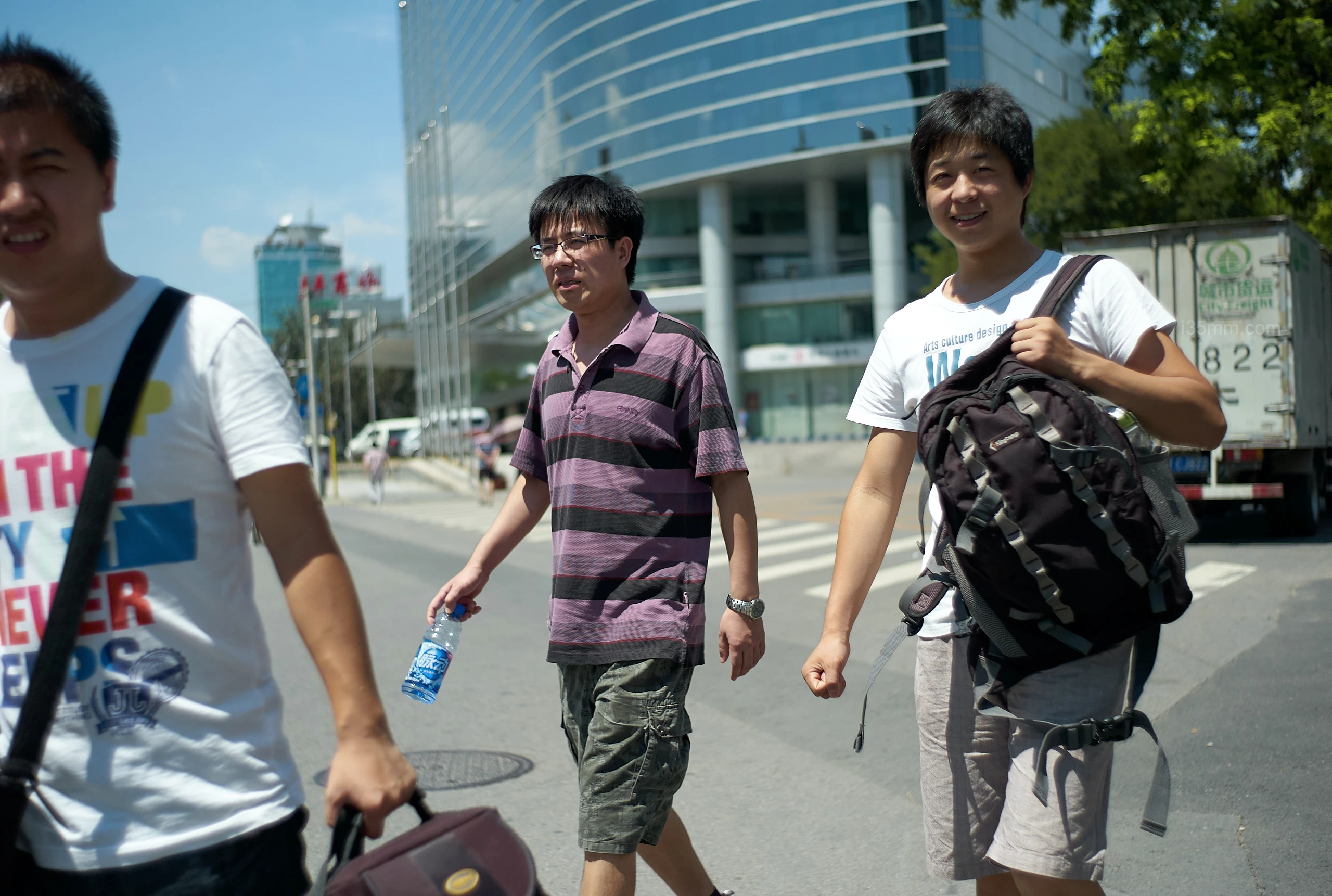
This photo isn’t just a clever blend of light and color. It’s also a subtle capture of emotions and stories. It goes beyond the everyday look of things and captures the subtle sense of distance between people and the unknown stories that are about to happen. In the picture, the pedestrian’s expression might be with a hint of surprise, a hint of a smile, or immersed in their own world of calm. These real and natural moments are the essence of the “street feeling.”
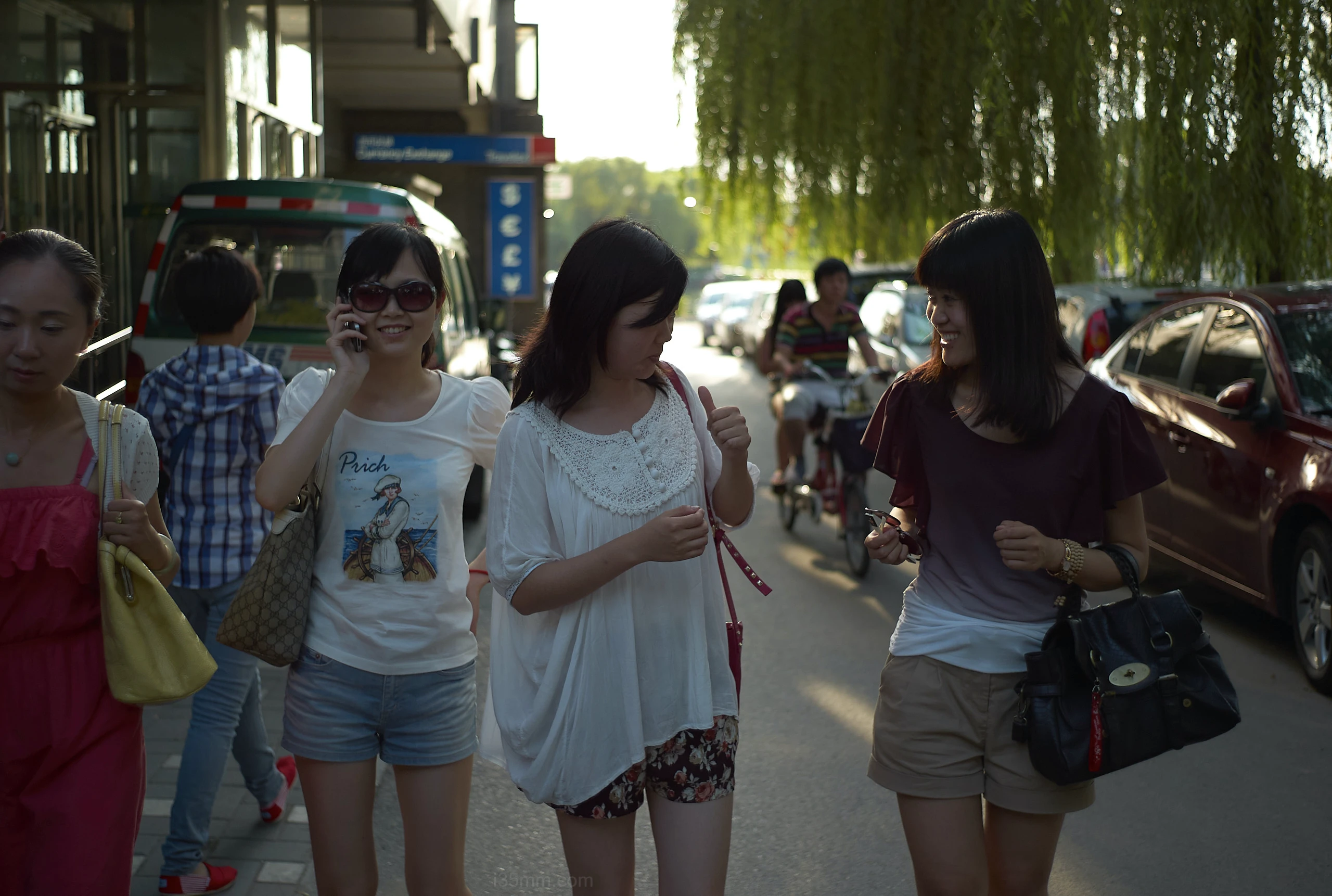
These photos can make you forget the photographer is even there. It’s as if these moments were already in the world, waiting to be discovered and recorded. There’s no posing or fancy sets—just the raw, unfiltered reality of life and the simplest ways people interact.
When people enjoy these photos, they often find themselves entering into the scene, imagining they’re the one walking on the road or the photographer who pressed the shutter. They can feel the sudden surprise and warmth of a chance encounter in a busy city. Sharing this “street feeling” isn’t just about looking at pictures. It’s about connecting with people on a deeper level. It’s a way to find a little bit of peace and comfort in the midst of a fast-paced modern life.
This kind of photography can often transcend time and space, creating a bridge between the photographer and the audience. It allows people to find beauty in the everyday.

Strolling at my own pace, my mind is free to dance with the wind as my worries lightly encircle my brow, and the dust of my old photo albums flickers in a leisurely manner. Back then, the sun was so long and warm, and I used the streets and alleys as a canvas, my feet as a brush, and wandered happily through the veins of the city. This isn’t just a monologue of self-abandonment. It’s actually a tender capture of the eternal moment in the depths of the soul. It’s a profound dialogue about life, loneliness, and freedom.
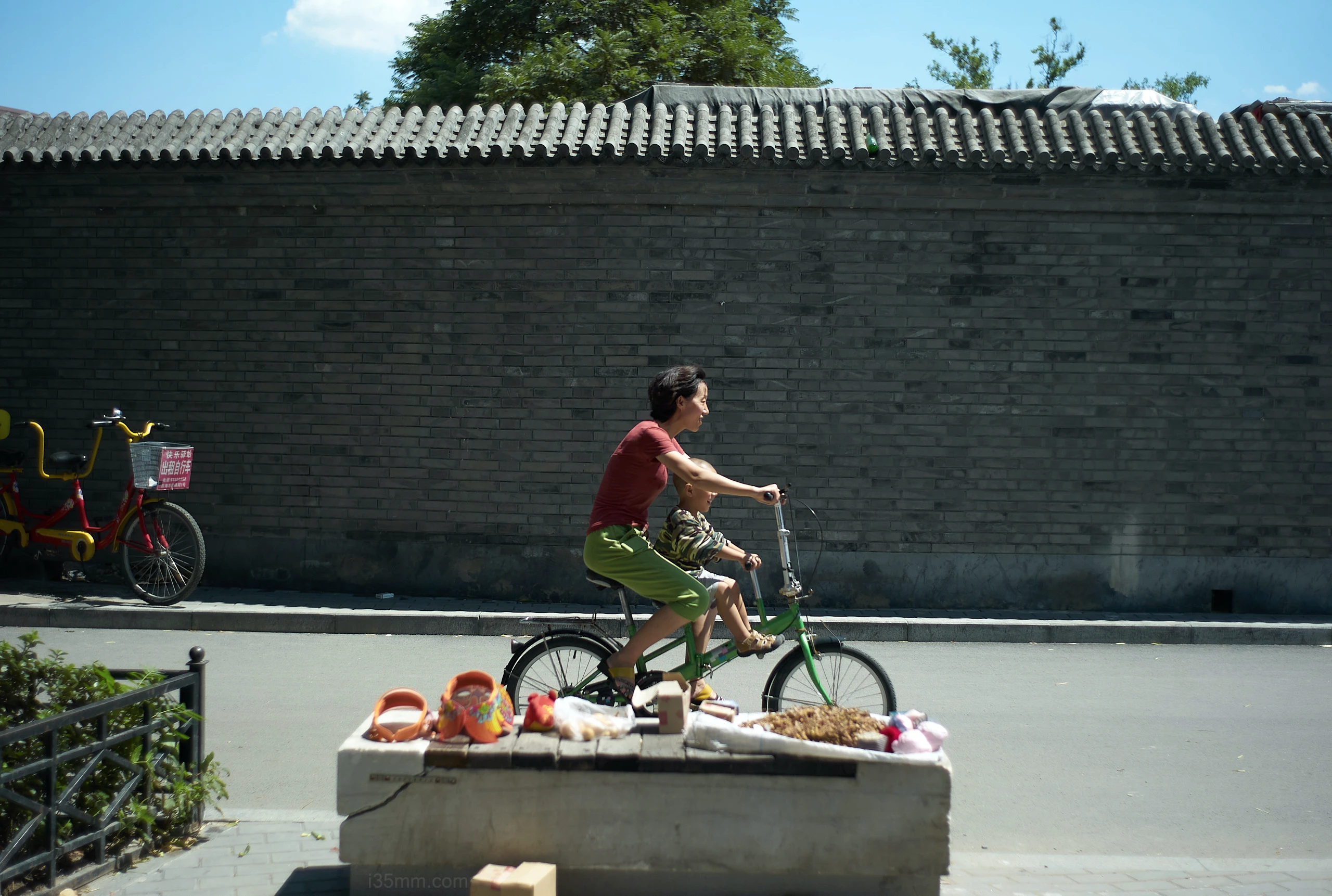
In this free-spirited journey, every image holds a hidden tale, and each click of the shutter is a gentle nod to the passing of time. I’m not lost, but in this strange world, I’m using my camera as a boat to travel through the junction of the ordinary and the extraordinary. I’m looking for those fleeting moments that hit the heart!
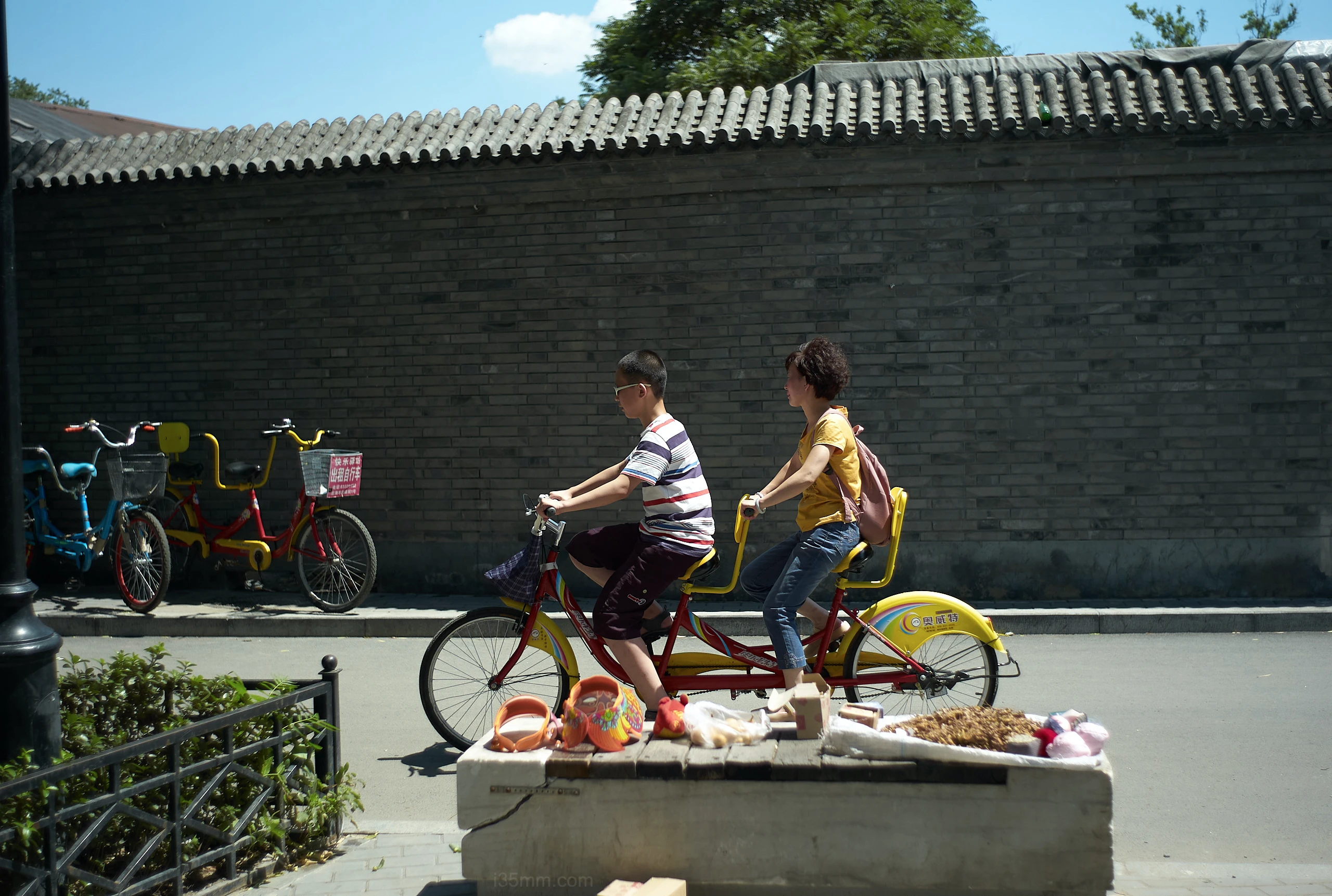
Oh, self-abandonment! Oh, no! This is the most sincere embrace of life, a profound excavation of the immortal beauty in the daily minutiae. In the busy streets, I learned to listen to the wind’s soft whispers, capture the light sound of falling rain, so that my mind and the city resonate with the same frequency, and together weave a beautiful tapestry of time, space, and human nature.
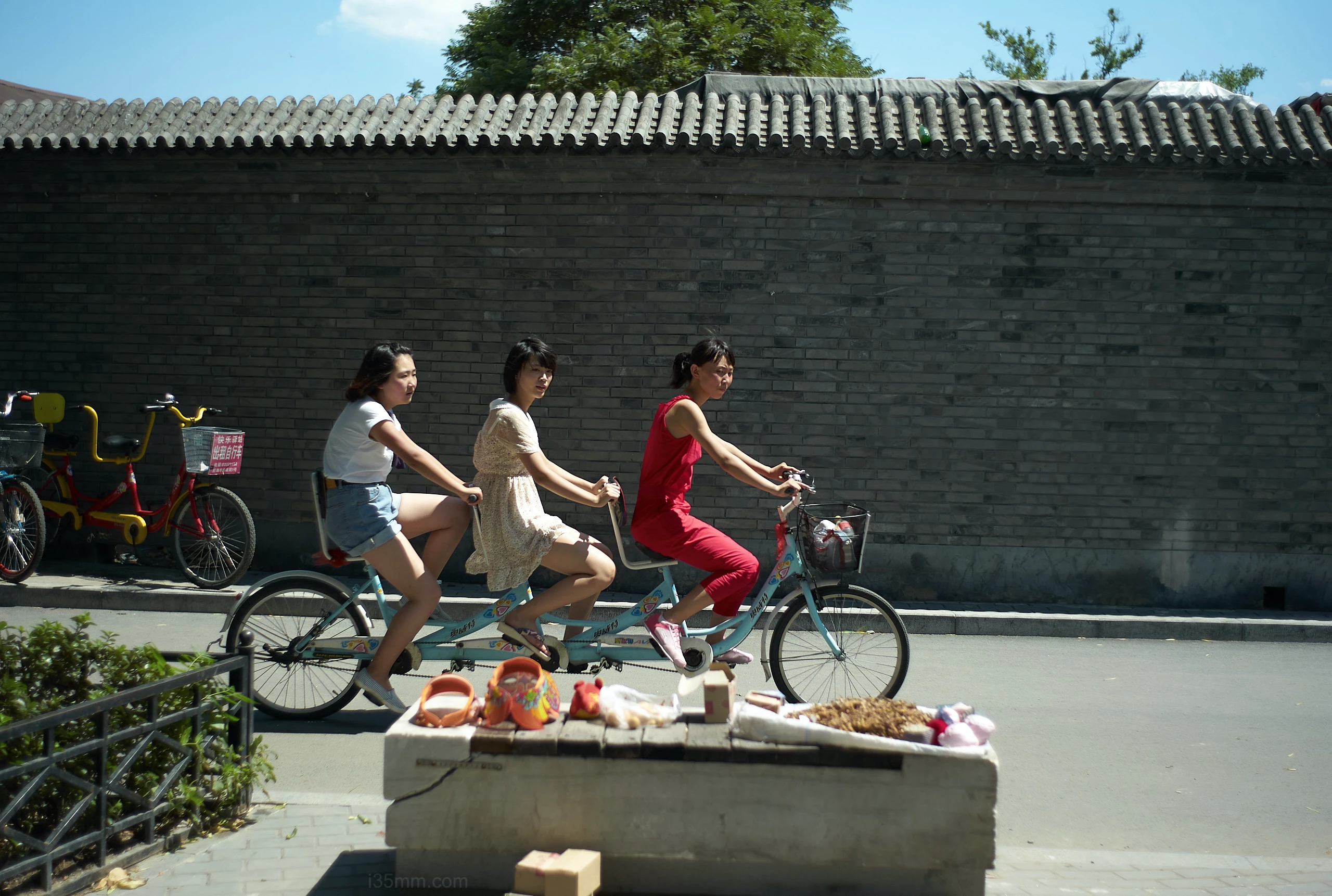
As a result, those once seemingly meaningless scurrying turned into the courage to explore the unknown, which was really exciting! And the thick sorrow between my eyebrows was quietly transformed into the infinite yearning for beautiful things, which was a big step forward. Looking at old photos, I felt the warmth and emotion of the past, and it gave me strength and inspiration to keep going. Street photography is more than just a skill; it’s a way of life. It’s about embracing life’s endless possibilities with passion. On this journey of self-discovery, I’ve learned to find peace with myself and the world. And finally, between chaos and tranquility, I’ve found my own artistic home.
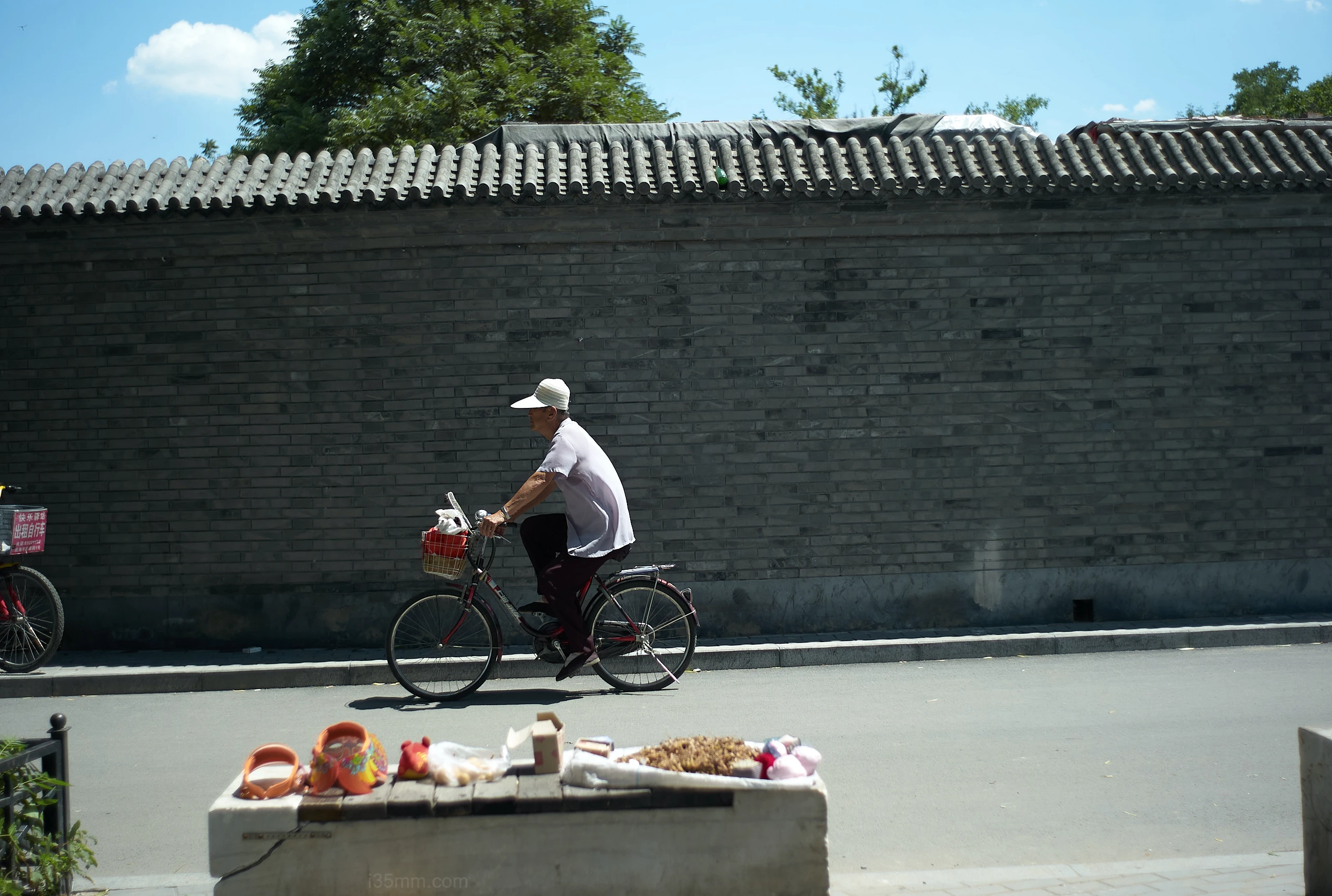
It’s a compact Leica 28mm lens with a maximum aperture of f/2.8, which is pretty large for a wide-angle lens. I hadn’t planned on buying this Elmarit lens, but then it came with a set of used cameras. The main advantage is its compactness, but the main disadvantage is that it lacks character compared to other lenses. In terms of quality and features, it’s not quite as good as the more expensive Summicron 28 f/2 ASPH. I like that lens a bit more.
However, the clear winner in the 28mm lens category is the Leica 28mm f/2.8 v1 (9-element lens). It offers top-notch imaging, a rich Schneider character, excellent craftsmanship, zero distortion, and great potential for appreciation. Plus, it’s the only symmetrical design lens in the Leica 28mm focal length.
The APS-H version is pretty compact, and for a 28mm lens, that’s one of the main perks. A lot of street photographers like to carry a 28mm lens with them all the time.
Even so, the Elmarit M28 2.8 ASPH is still a Leica lens with its own unique character, and many Leica users can still choose it. First, a new lens won’t have any defects, and second, it works well with digital cameras.

| SN Start | SN End | Product | Year | Total |
|---|---|---|---|---|
| -3928917 | unknown- | 28mm f/2.8 ASPH Elmarit-M | 2006 | unknown |
| -3997682 | 3999025- | 28mm f/2.8 ASPH Elmarit-M | 2007 | 1,344+ |
| -4005877 | 4007583- | 28mm f/2.8 ASPH Elmarit-M | 2008 | 1707+ |
| ~4037099 | 4043484- | 28mm f/2.8 ASPH Elmarit-M | 2009 | 6,386+ |
| -4086805 | 4100089- | 28mm f/2.8 ASPH Elmarit-M | 2010 | 13,285+ |
| -4118183 | 4136266- | 28mm f/2.8 ASPH Elmarit-M | 2011 | 18,084+ |
| -unknown | 4191851- | 28mm f/2.8 ASPH Elmarit-M | 2012 | unknown |
| TOTAL | ASSIGNED | SERIAL NUMBERS | 2006-current | unknown |
This Elmarit is the most compact lens in the entire portfolio of Leica M-Lenses. This is made possible by the use of an aspherical lens element, which enables particularly compact lens construction and a weight of only 180 grams. Leica 28mm f/2.8 Elmarit-M Aspherical Lens - Rectangular Metal Lens Hood - Metal Lens Caps - Threaded Protection Ring Focal length: 28.4mm Aperture: f/2.8 to f/22 Camera Mount Type: Leica M Angle of View: 75-degrees
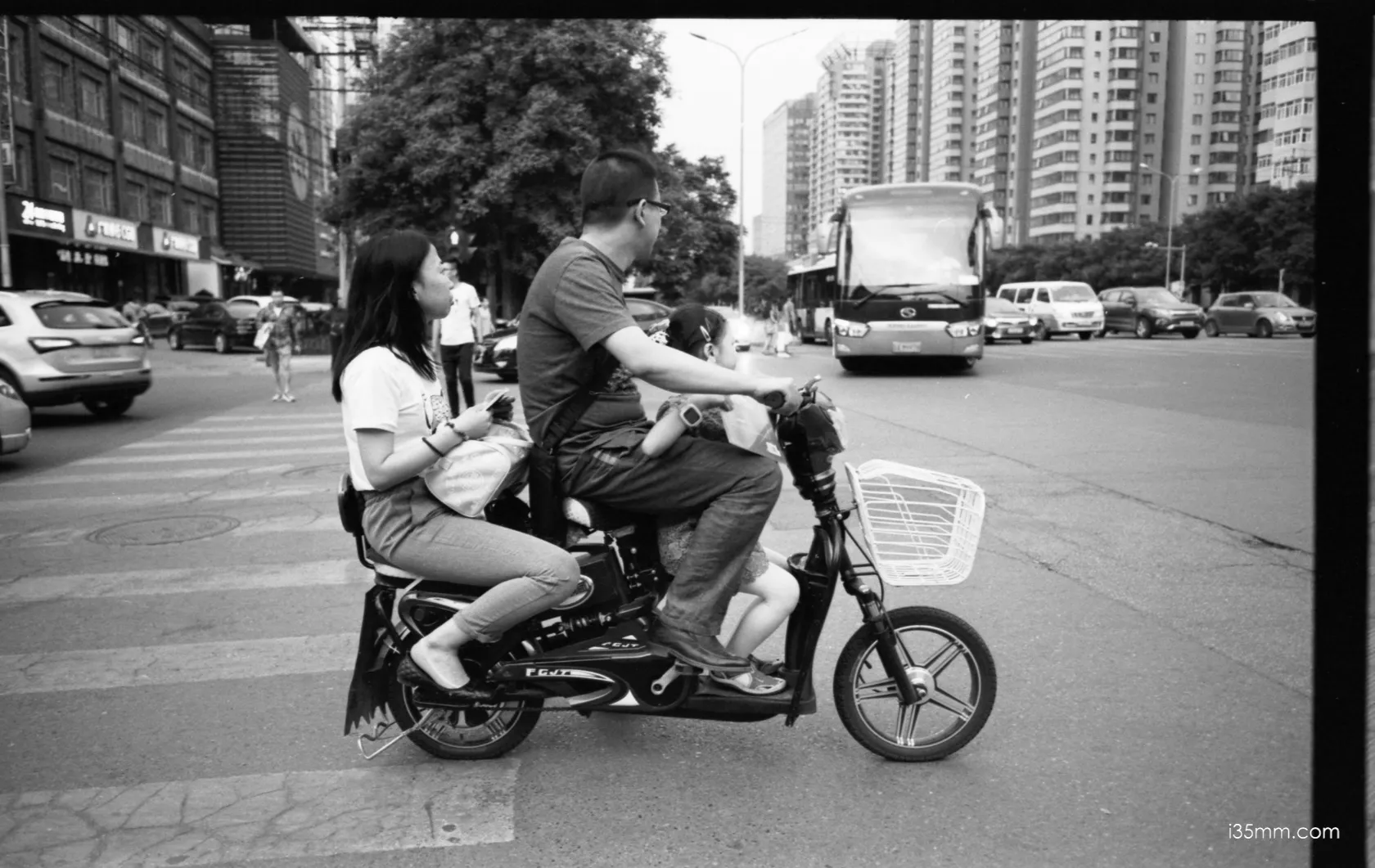
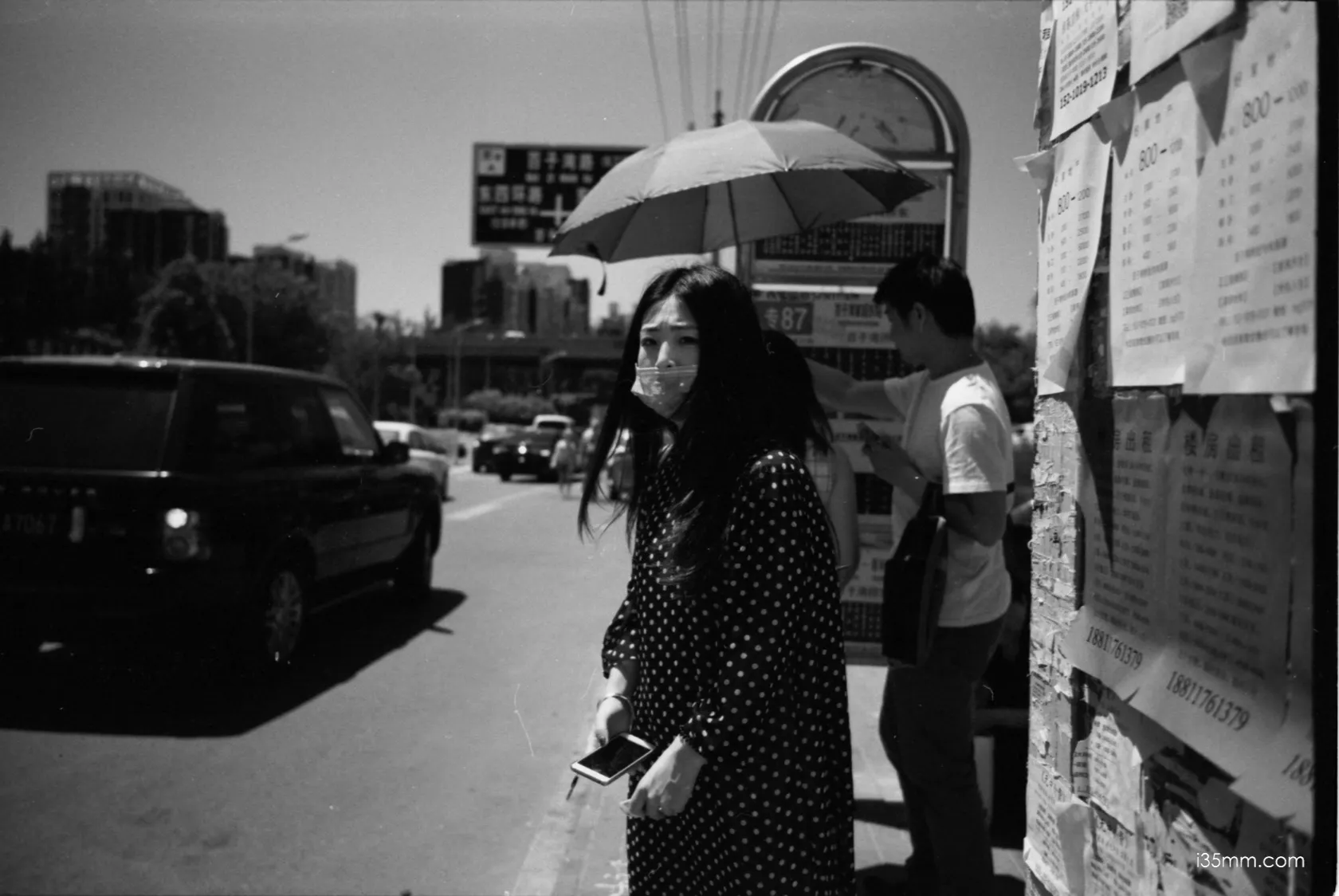

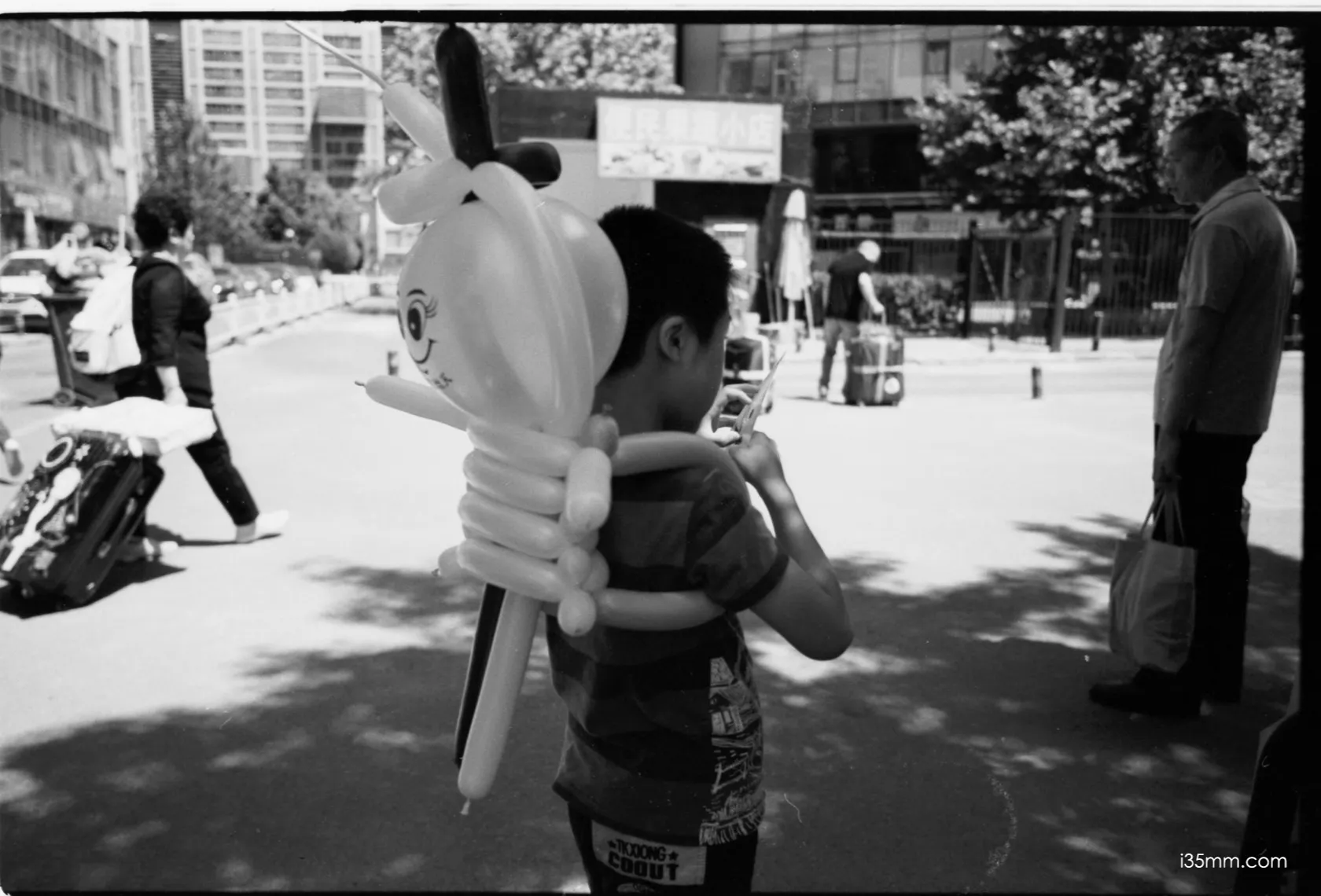
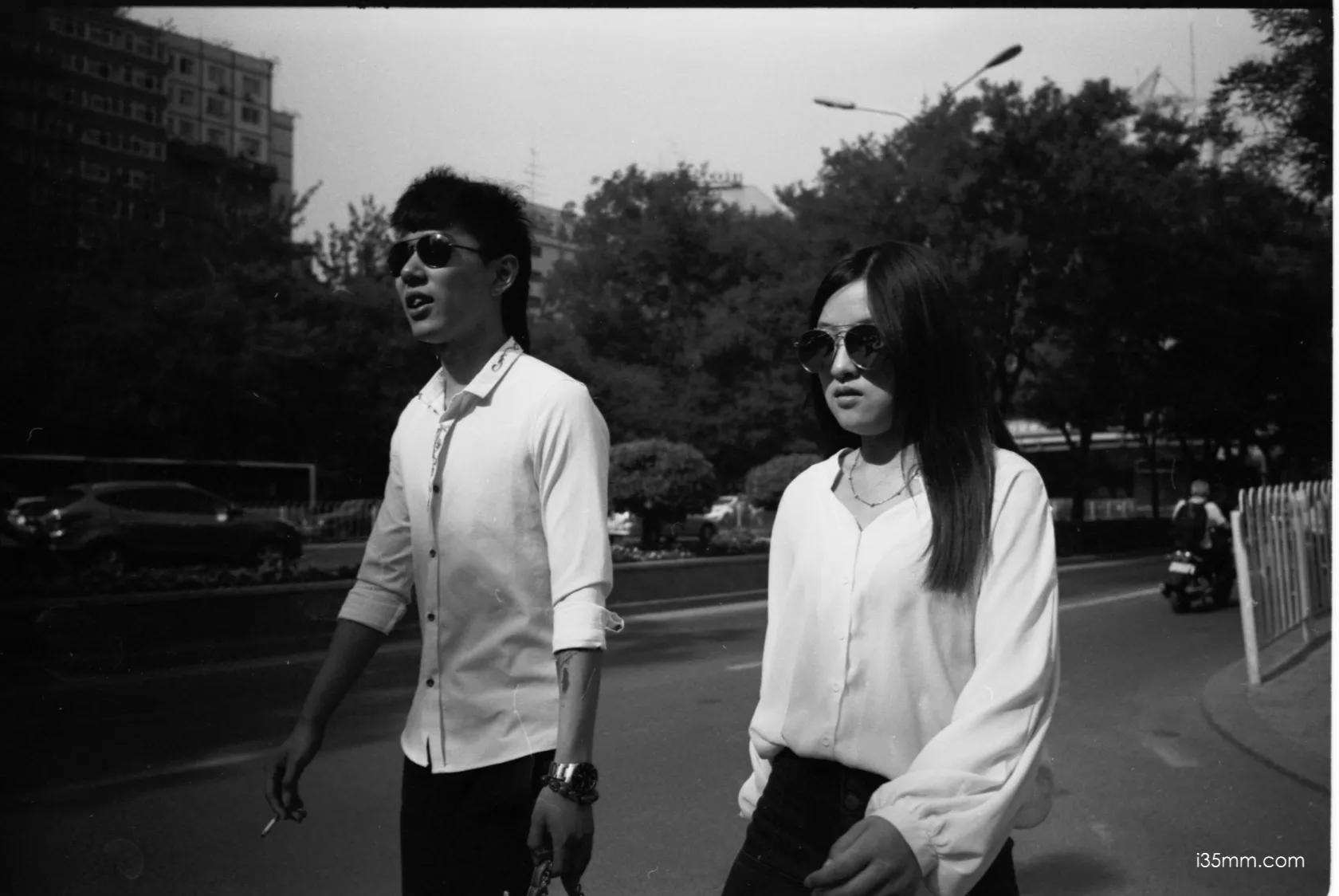
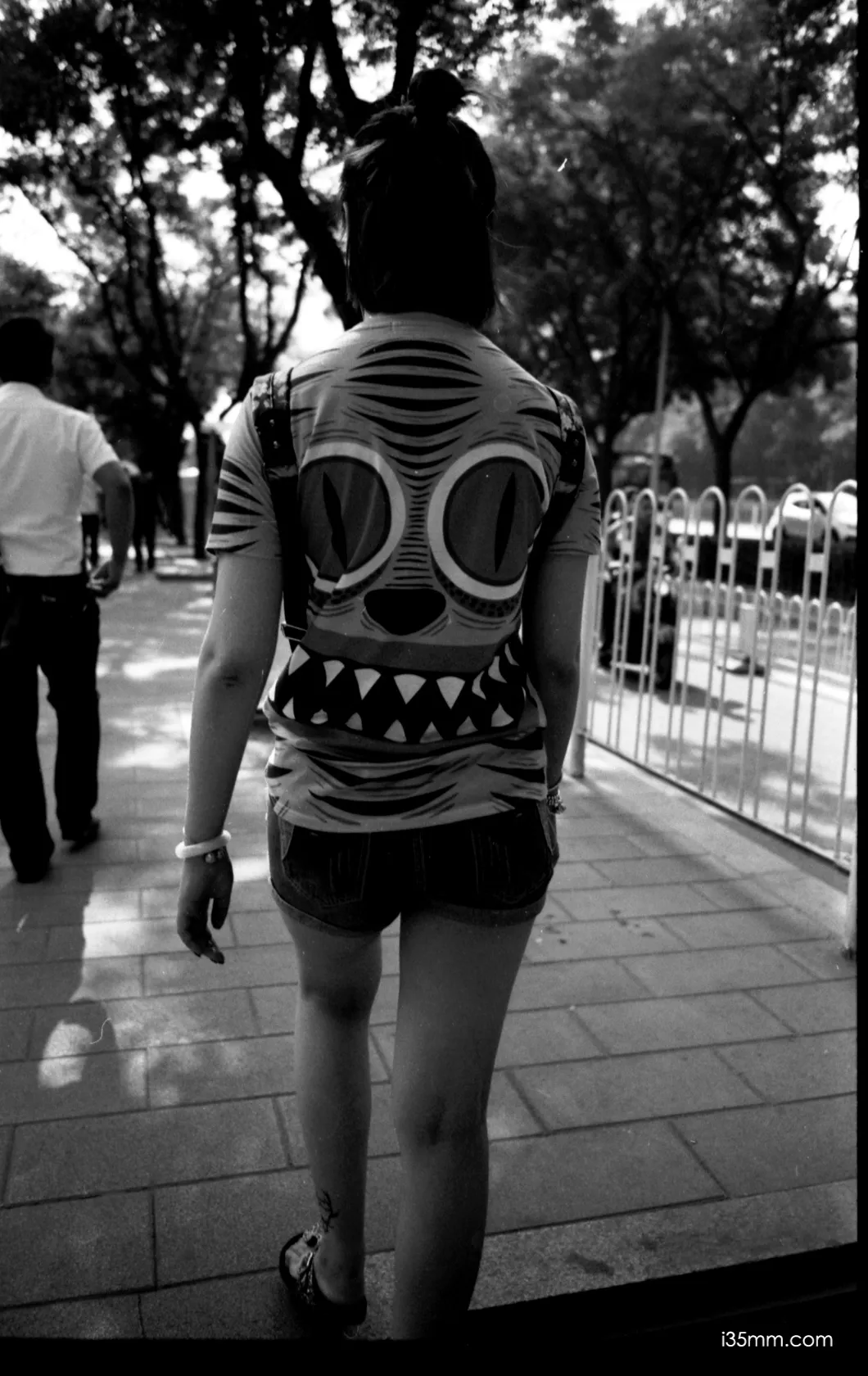
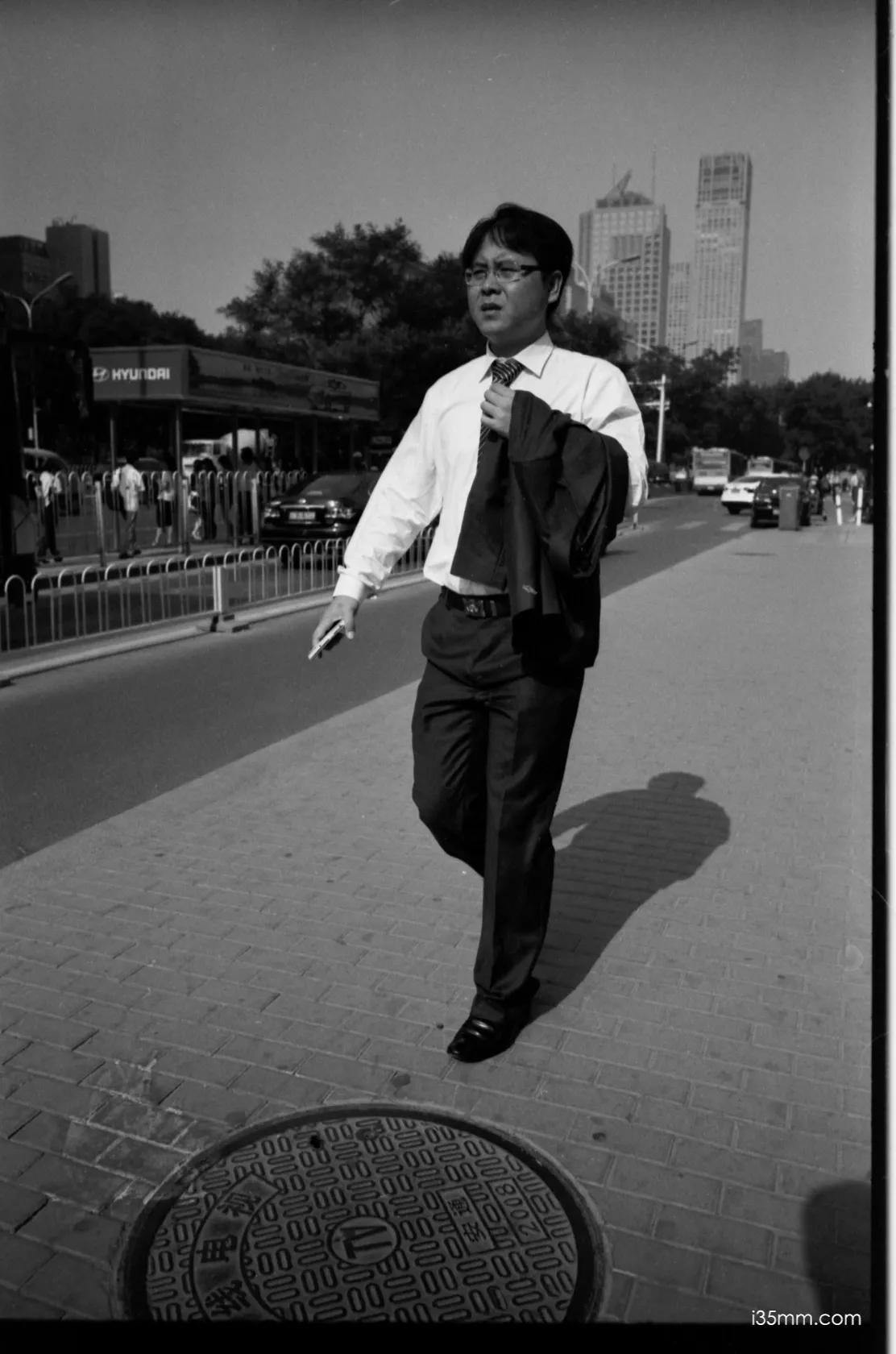
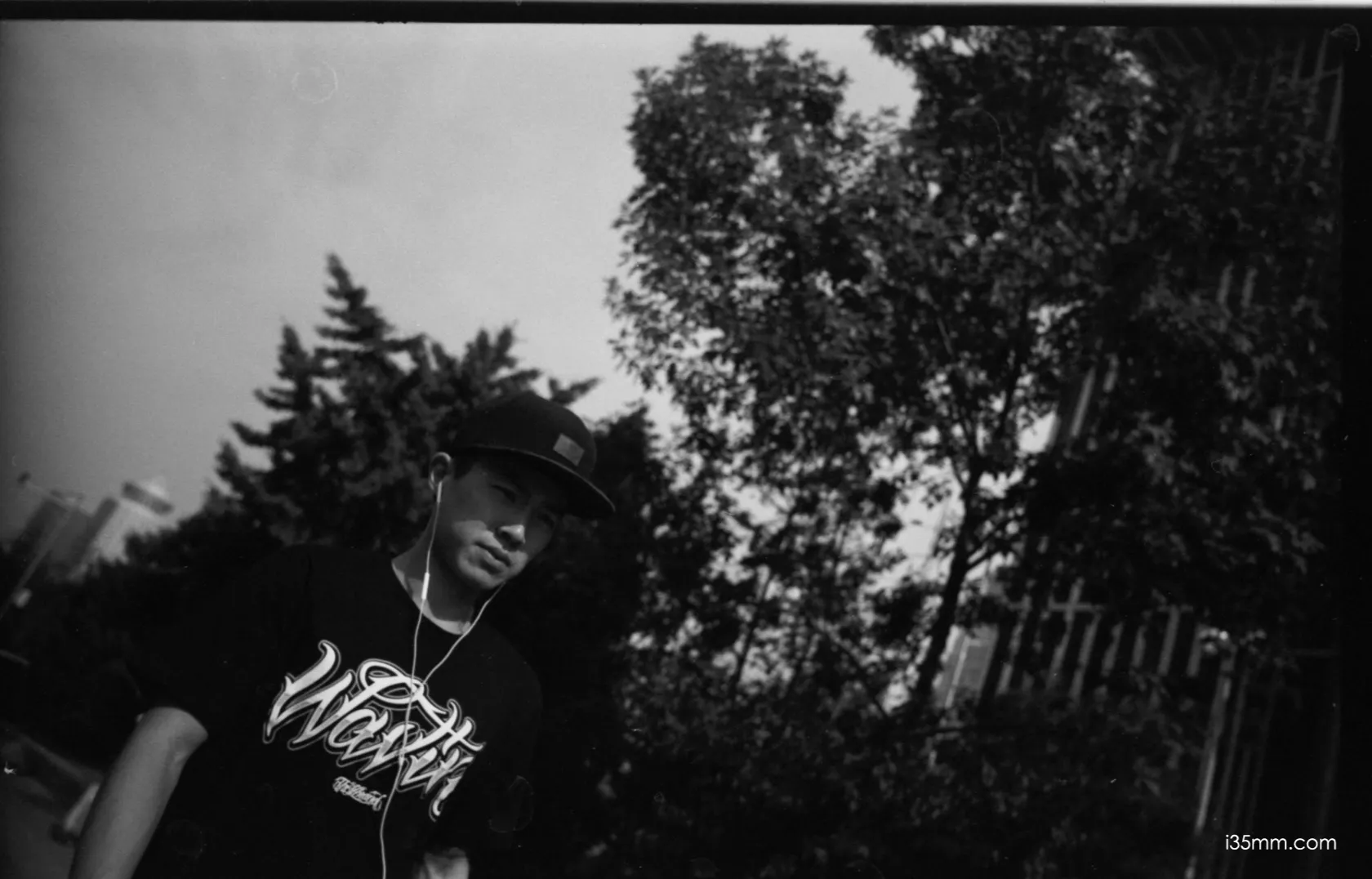
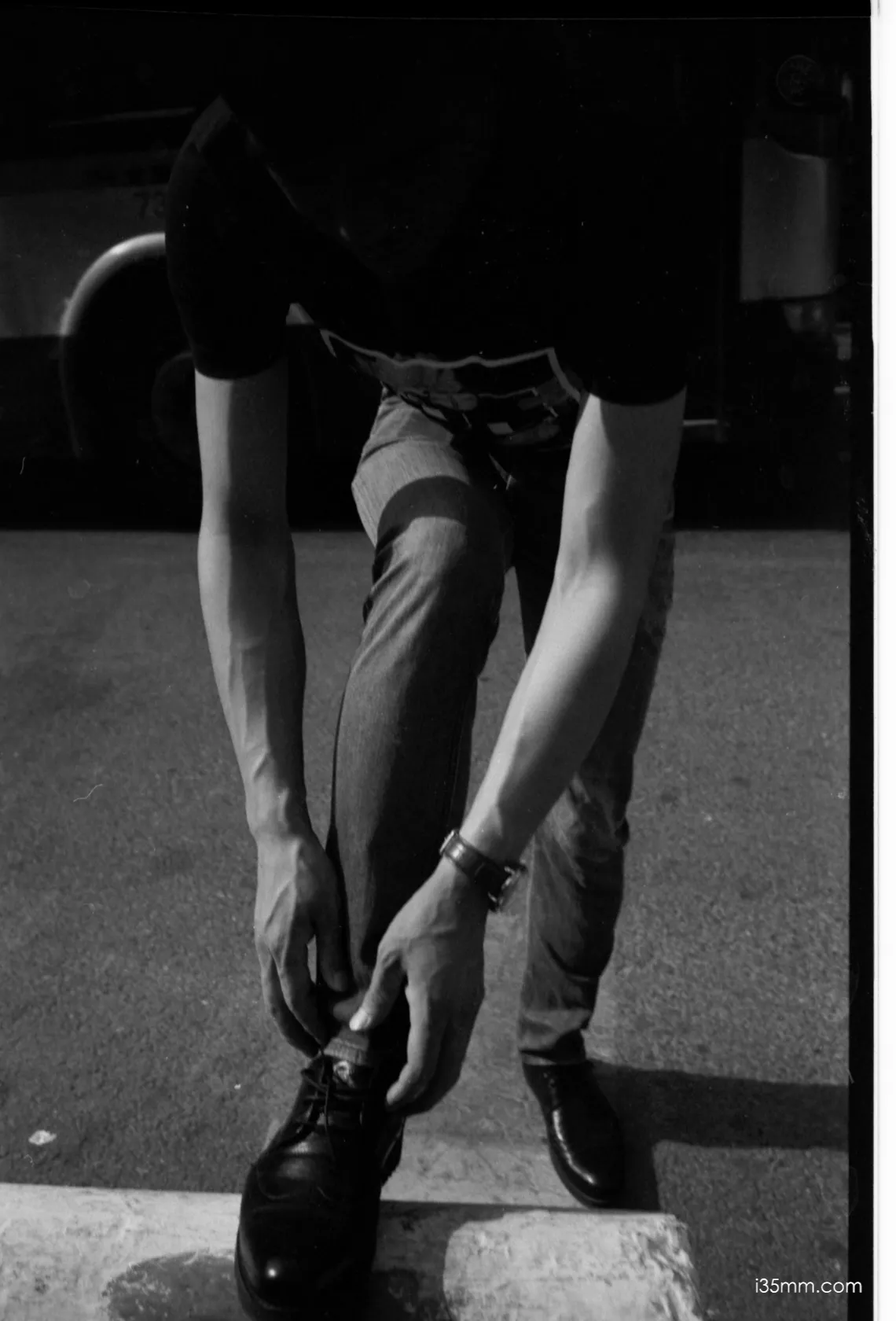
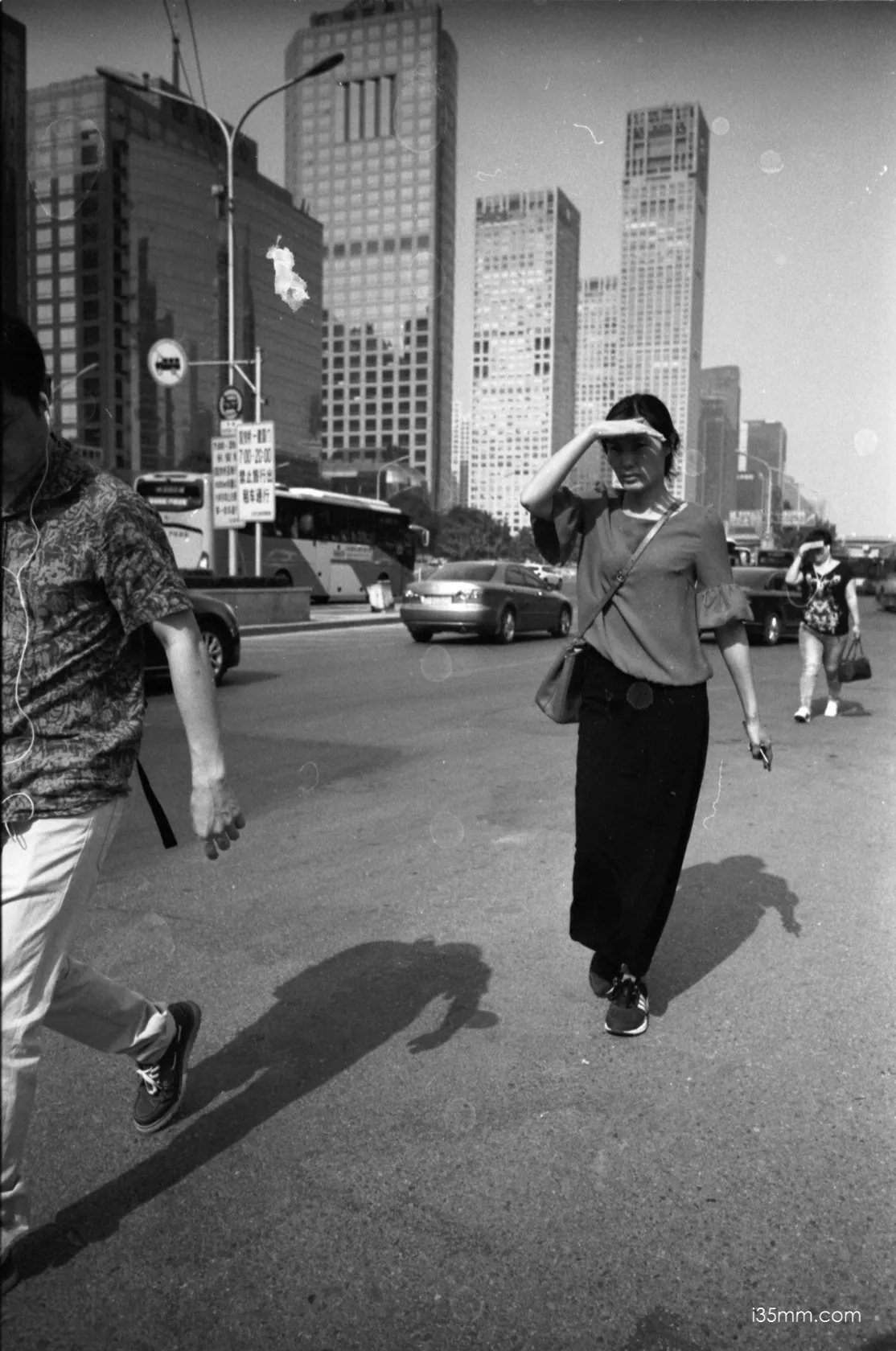
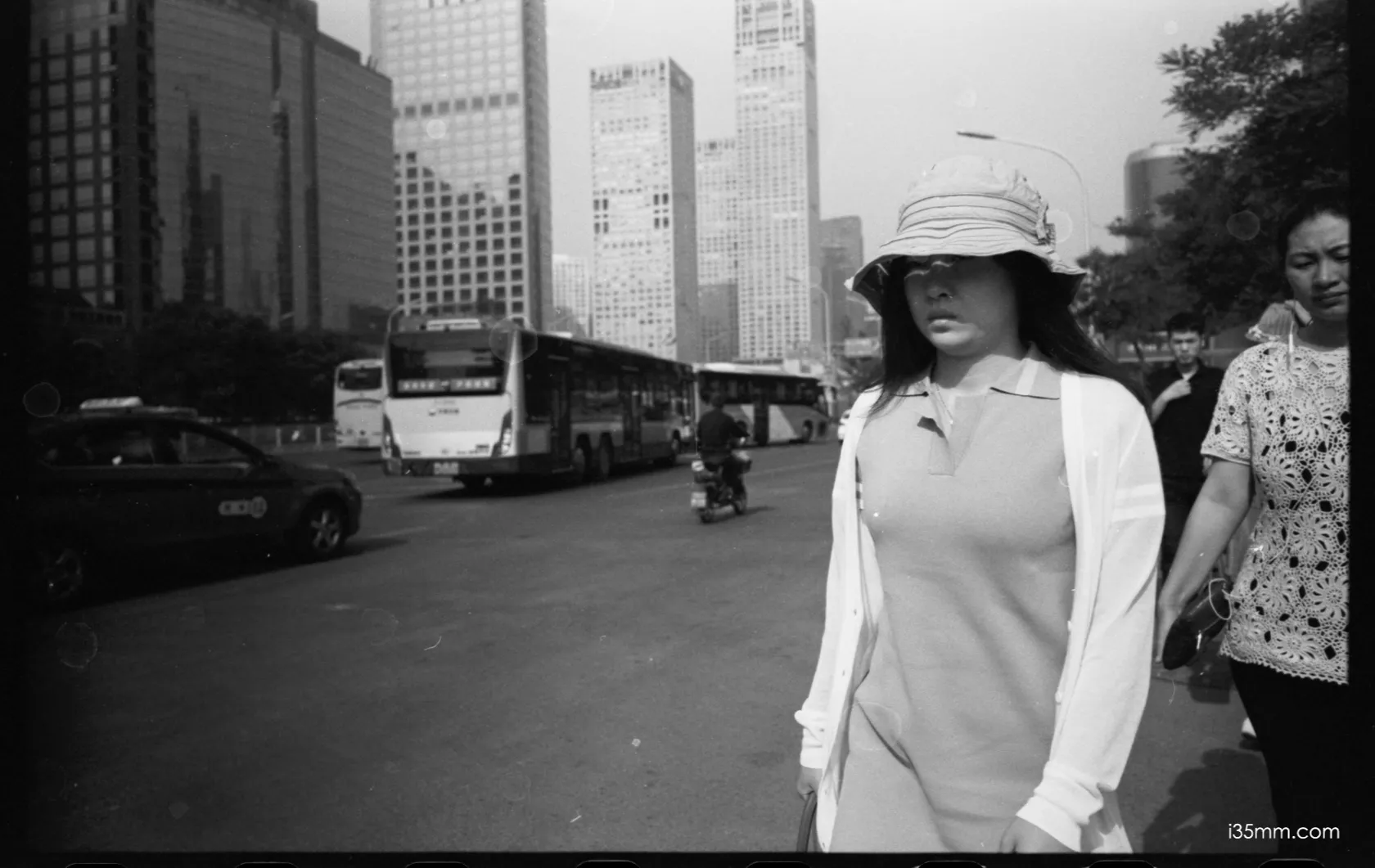
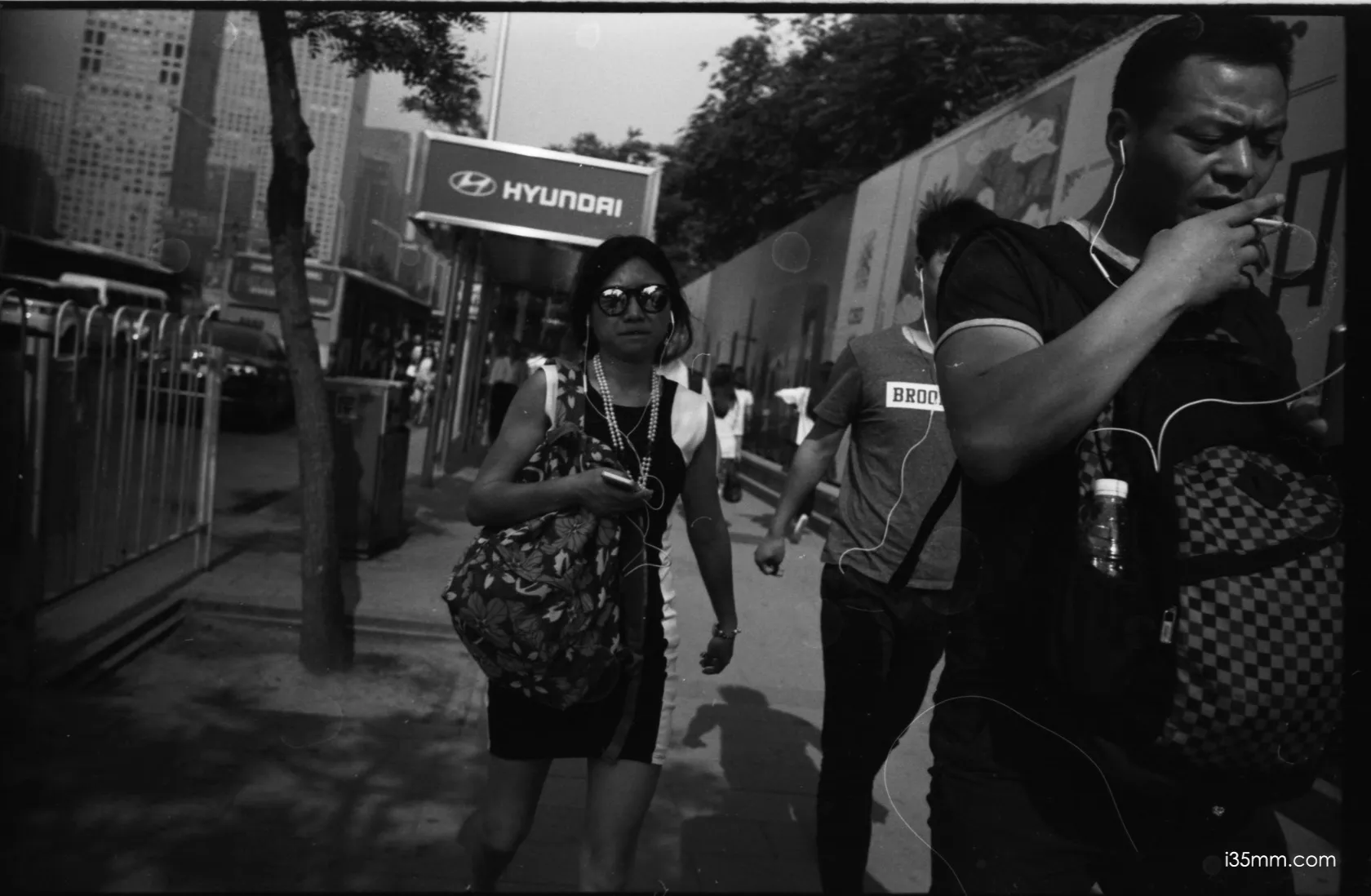

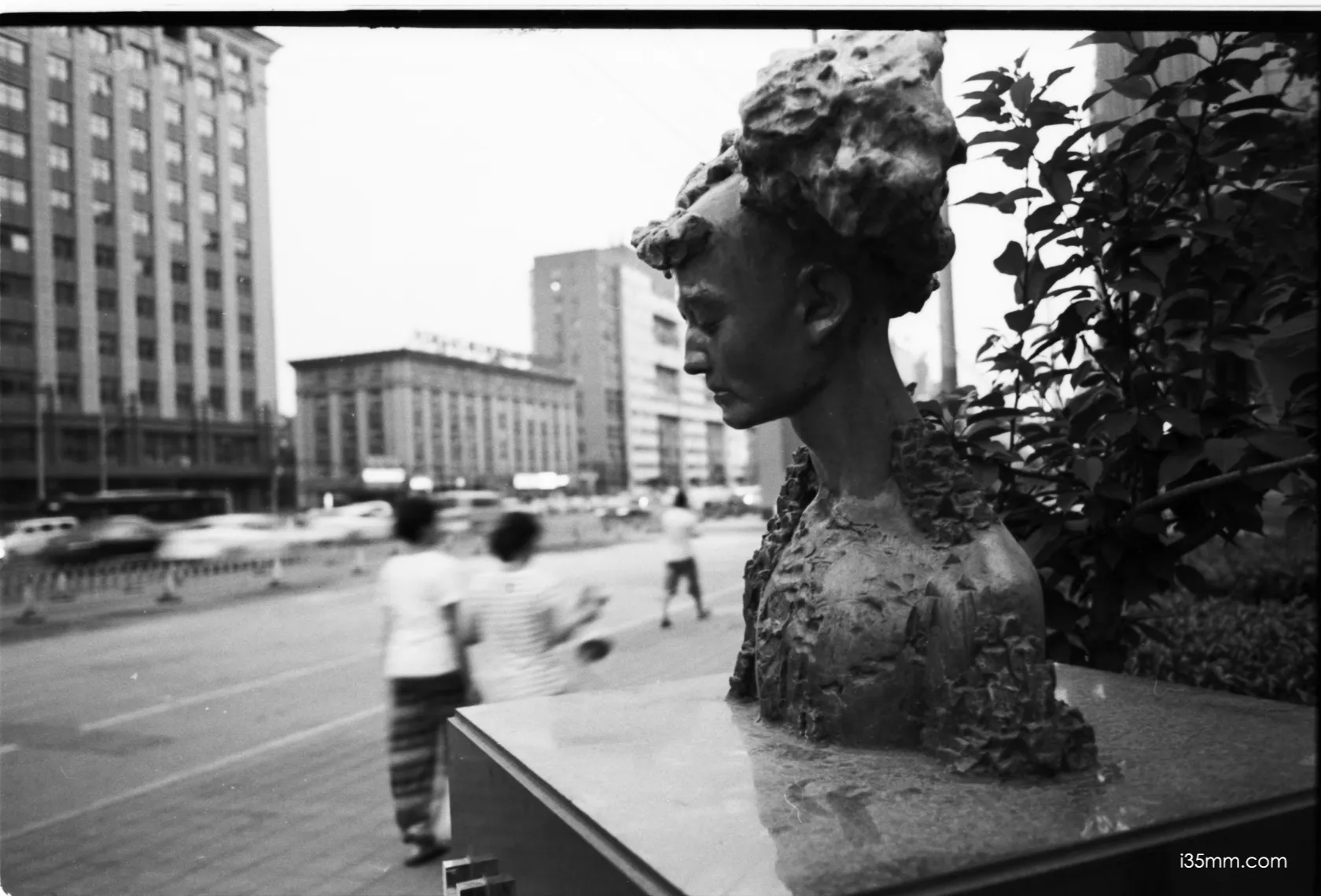
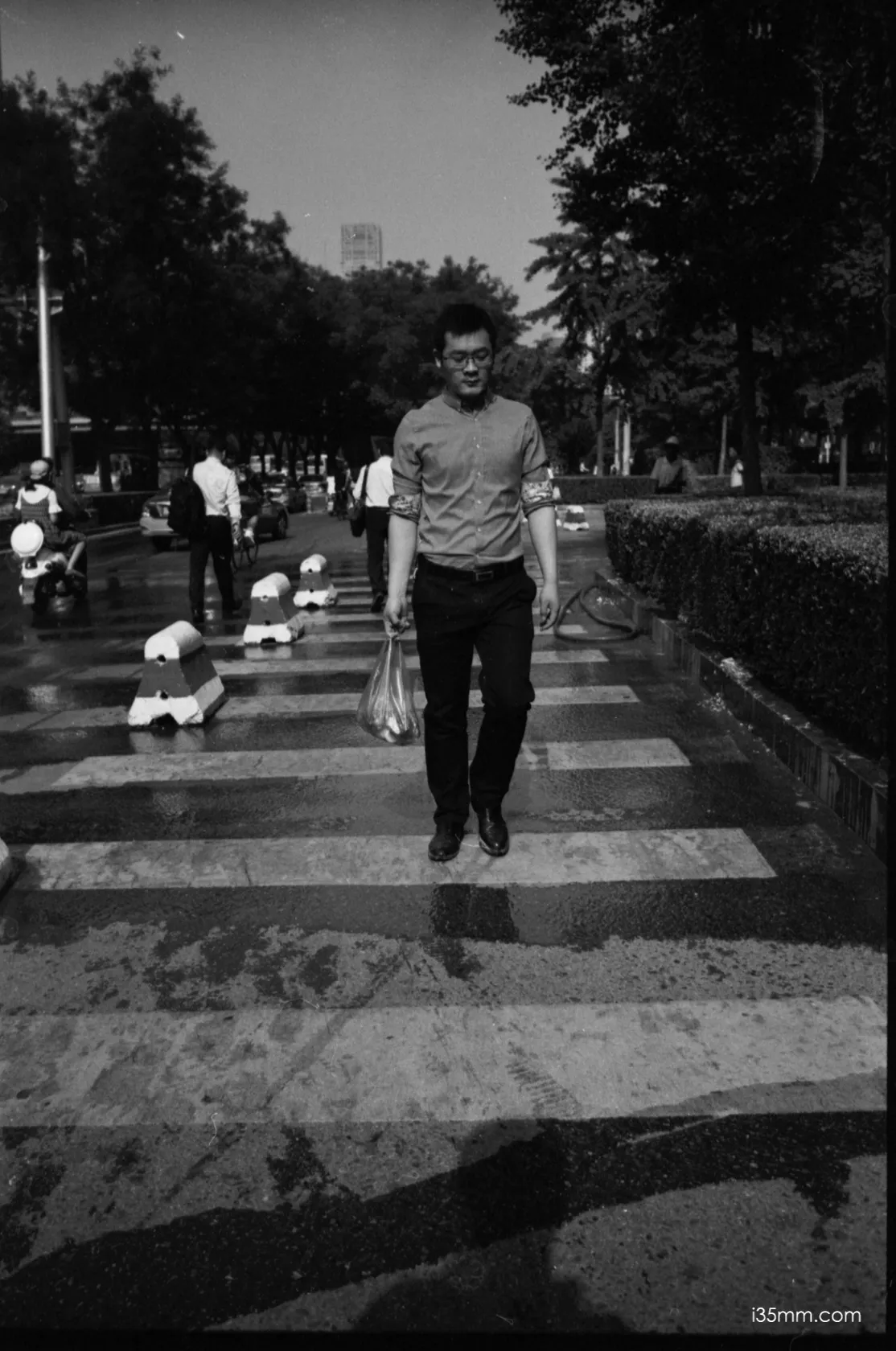
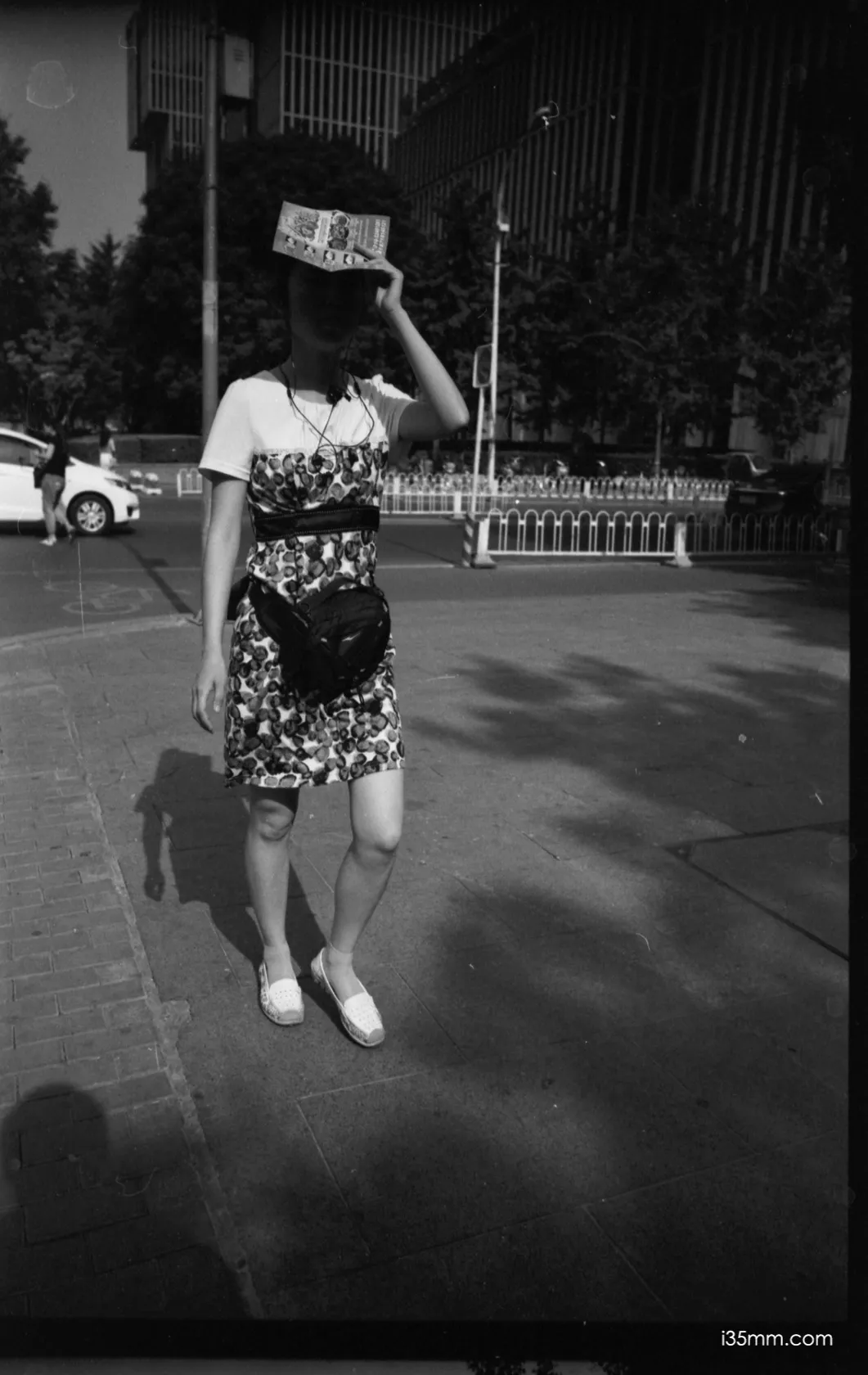

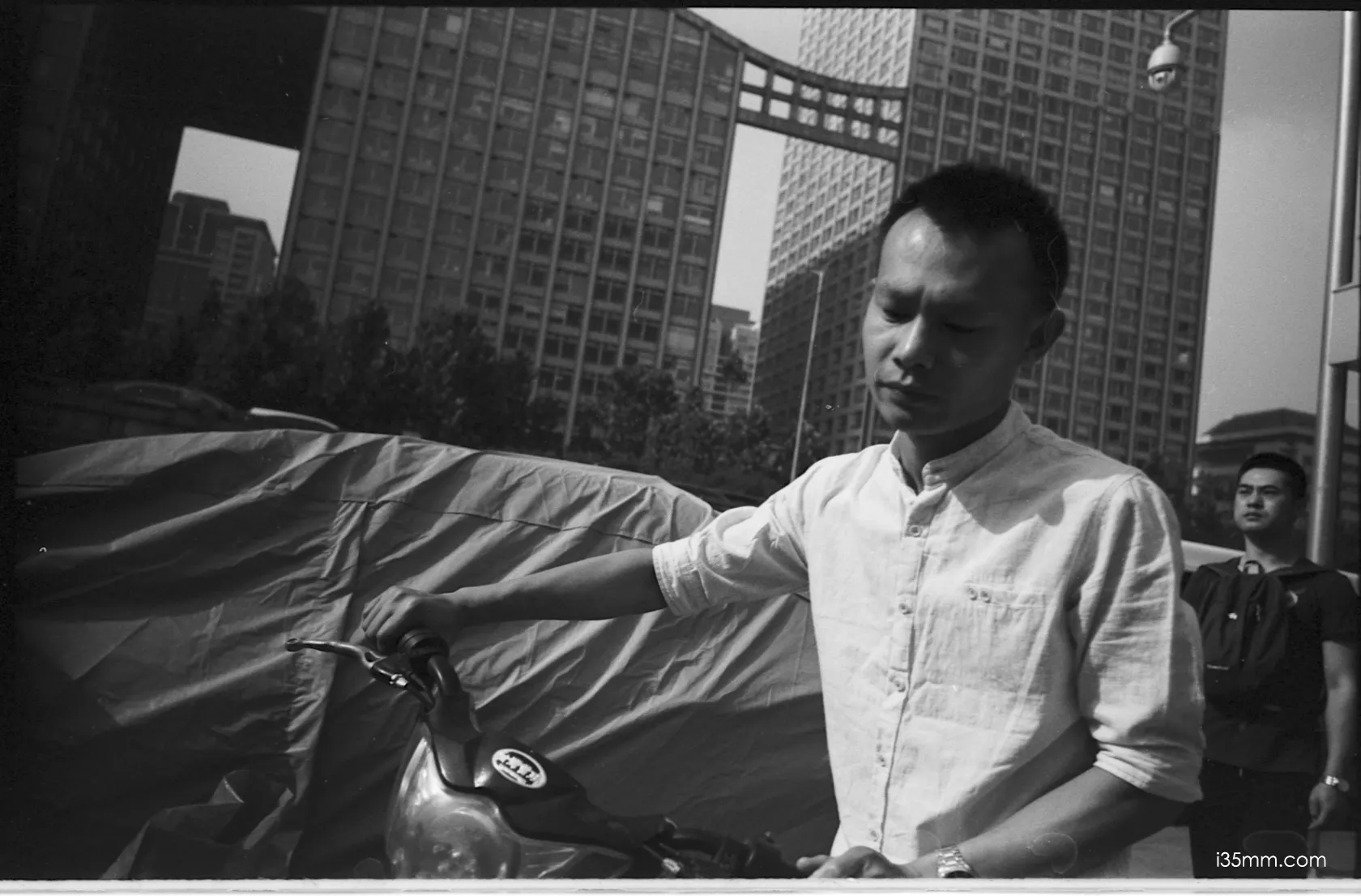
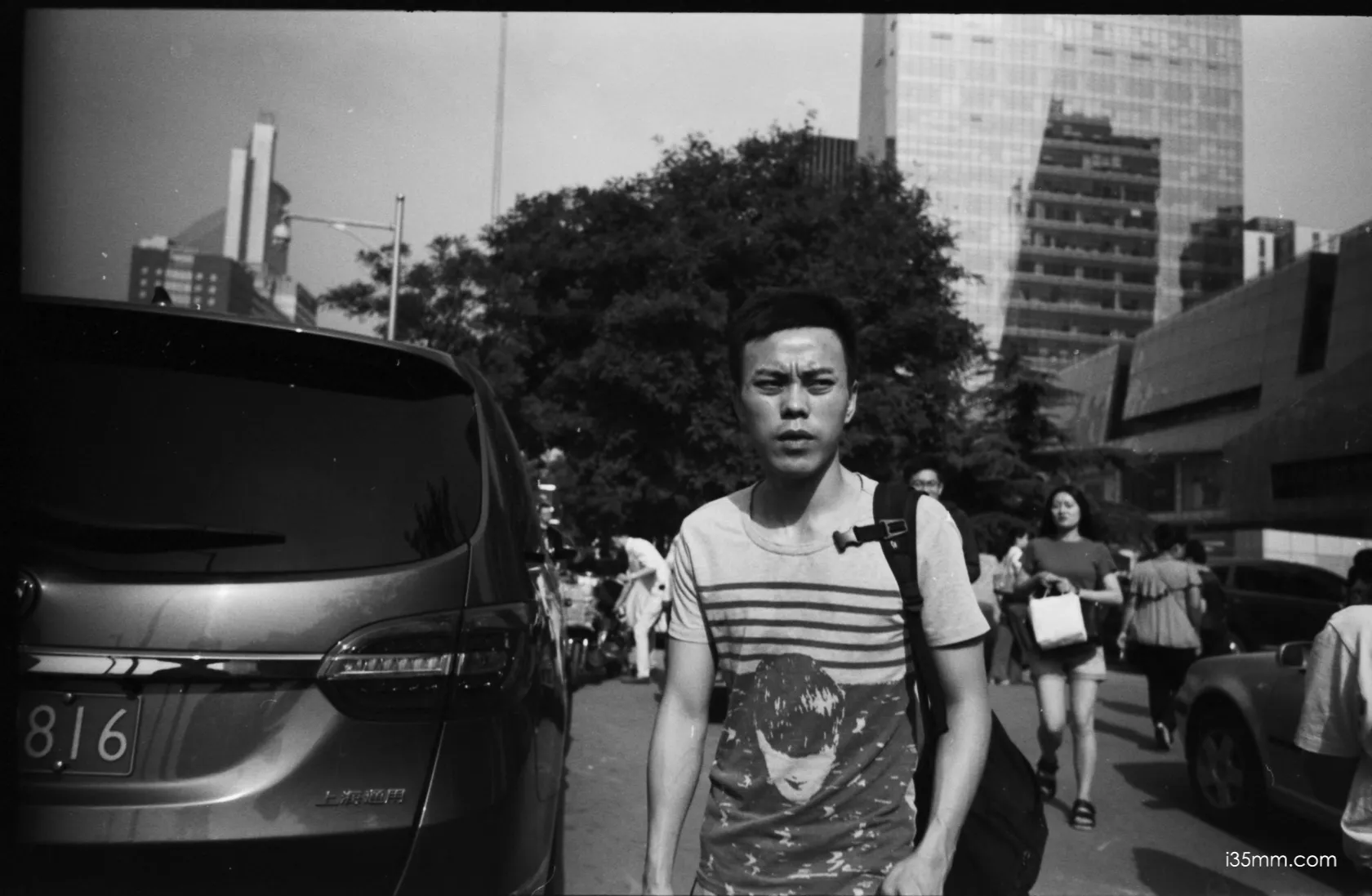
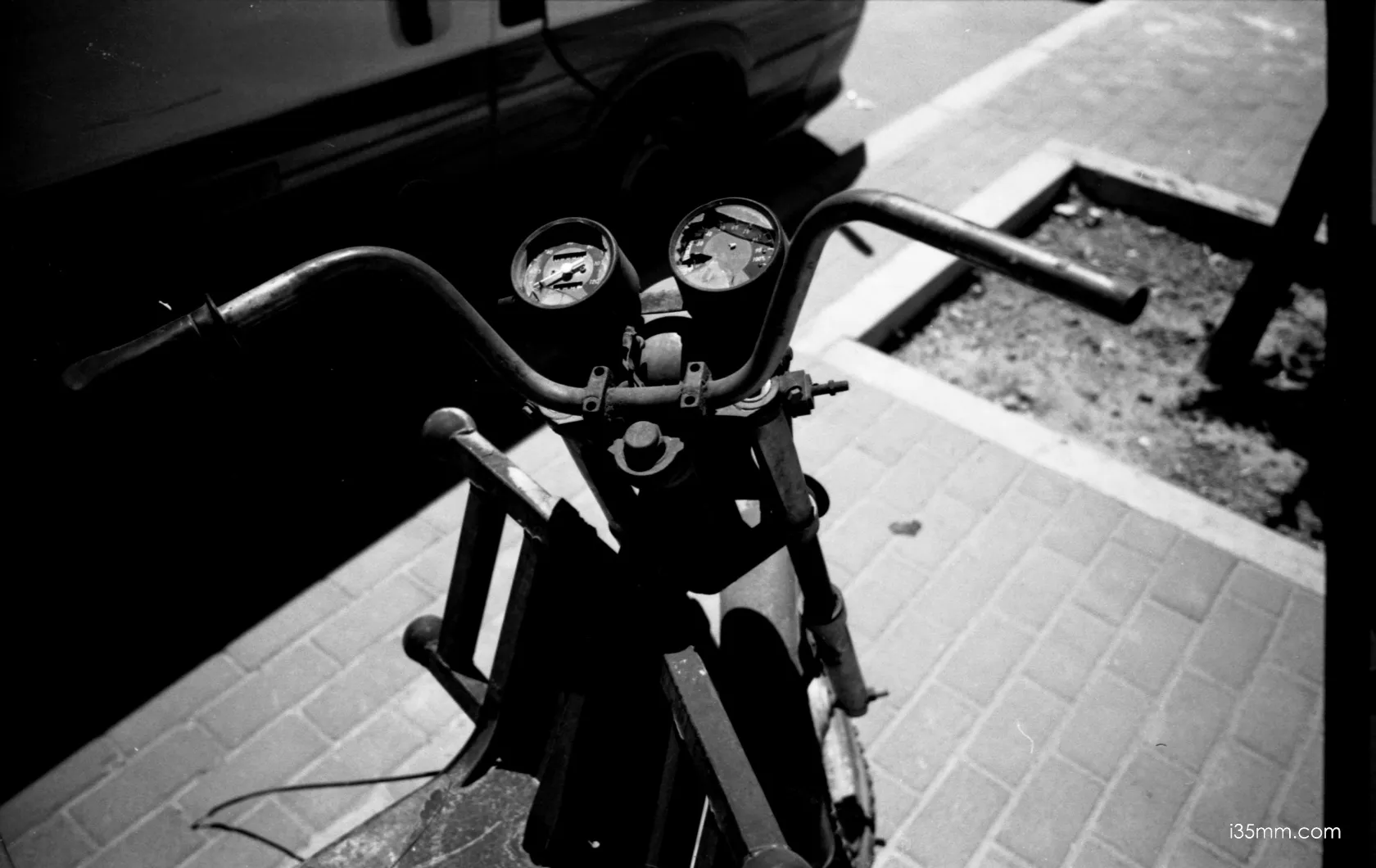
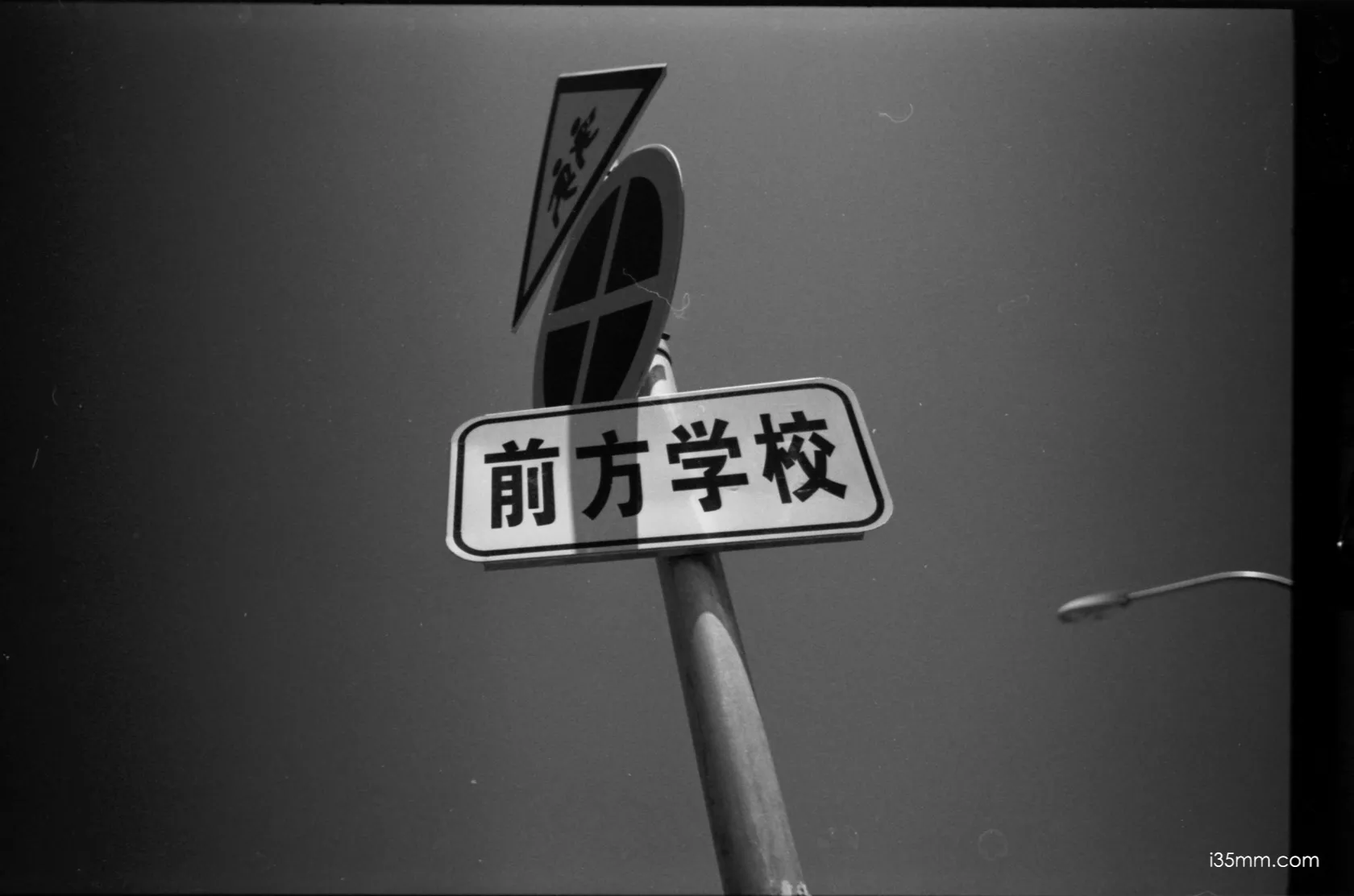
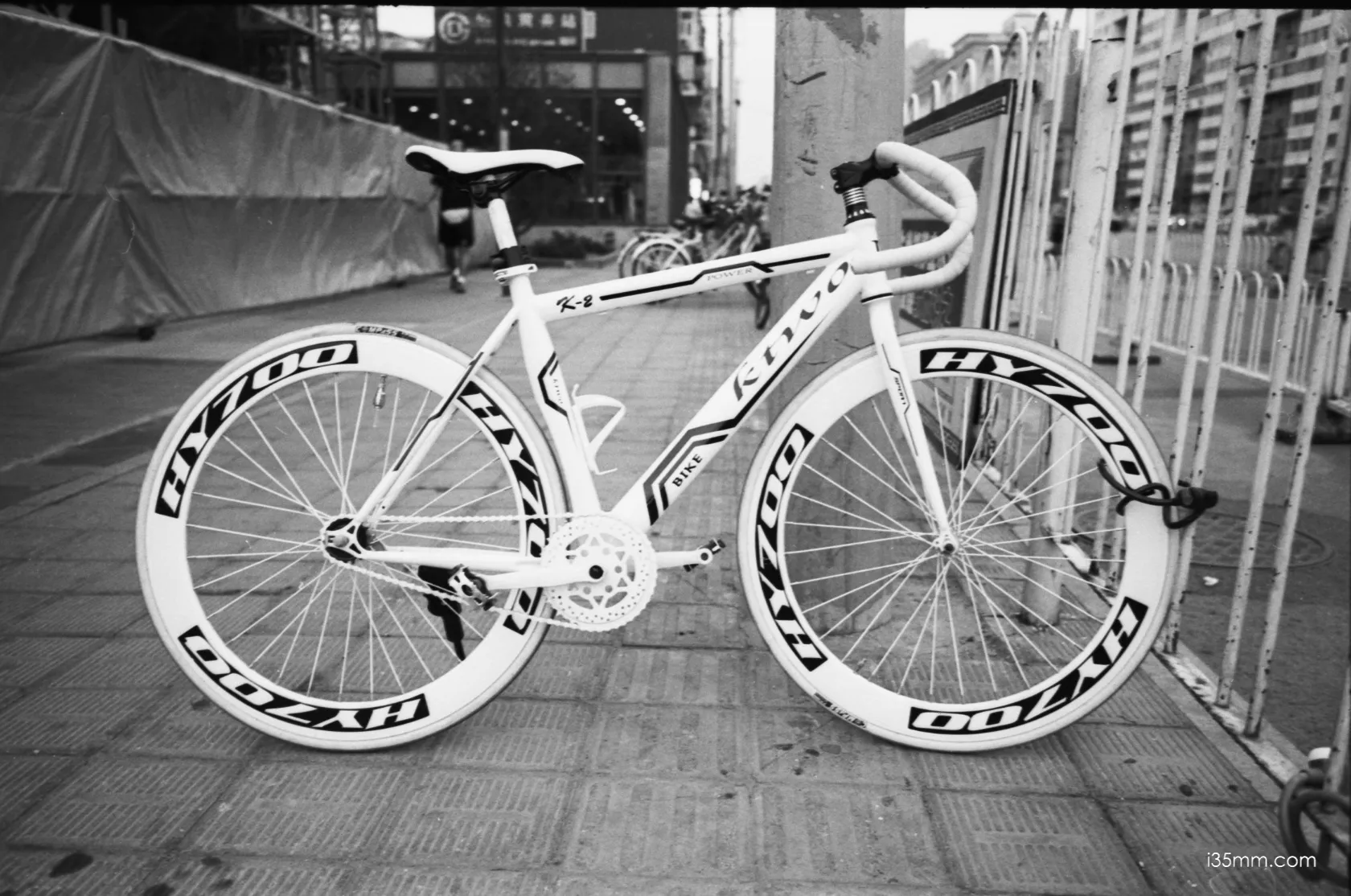
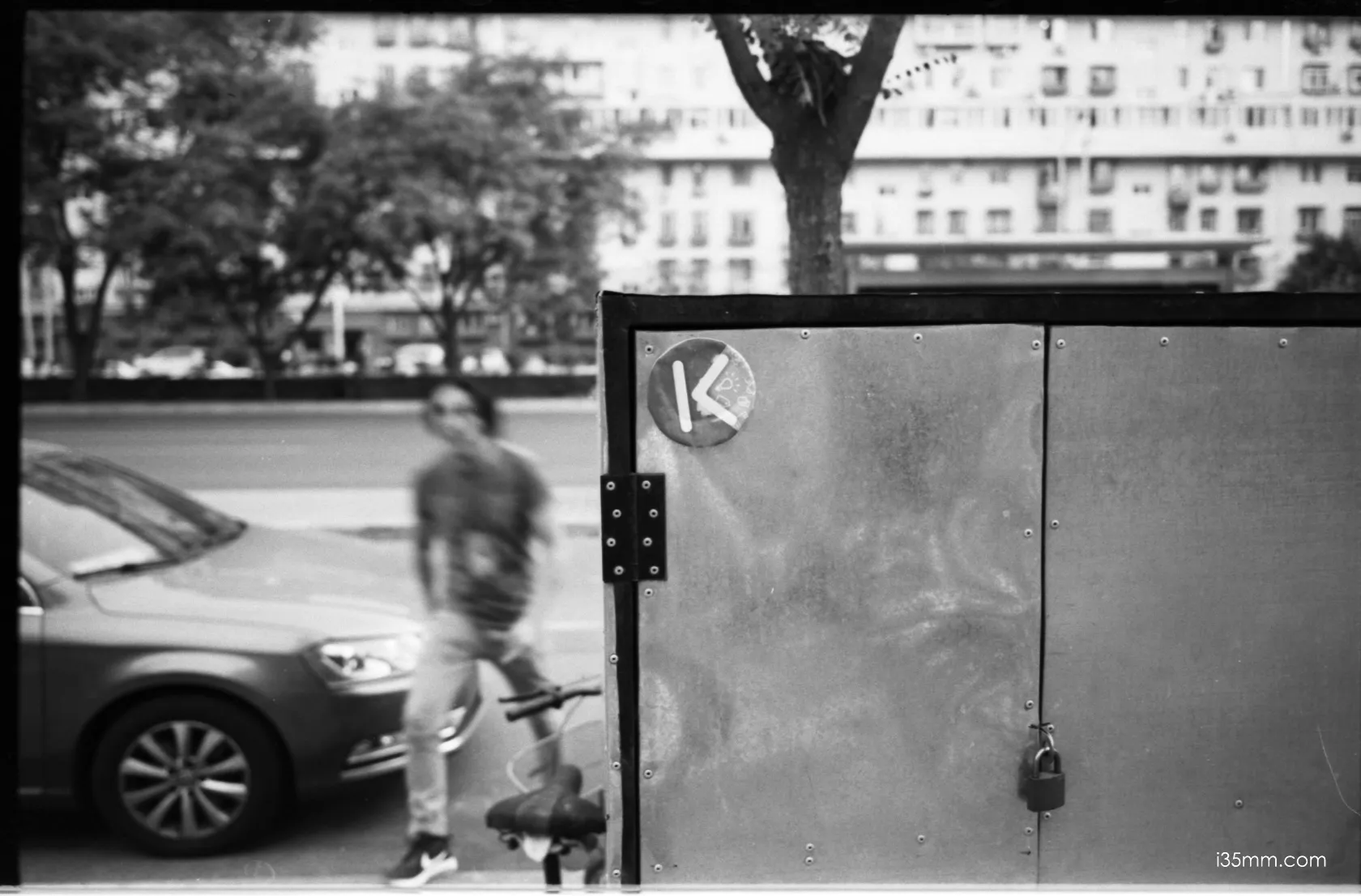
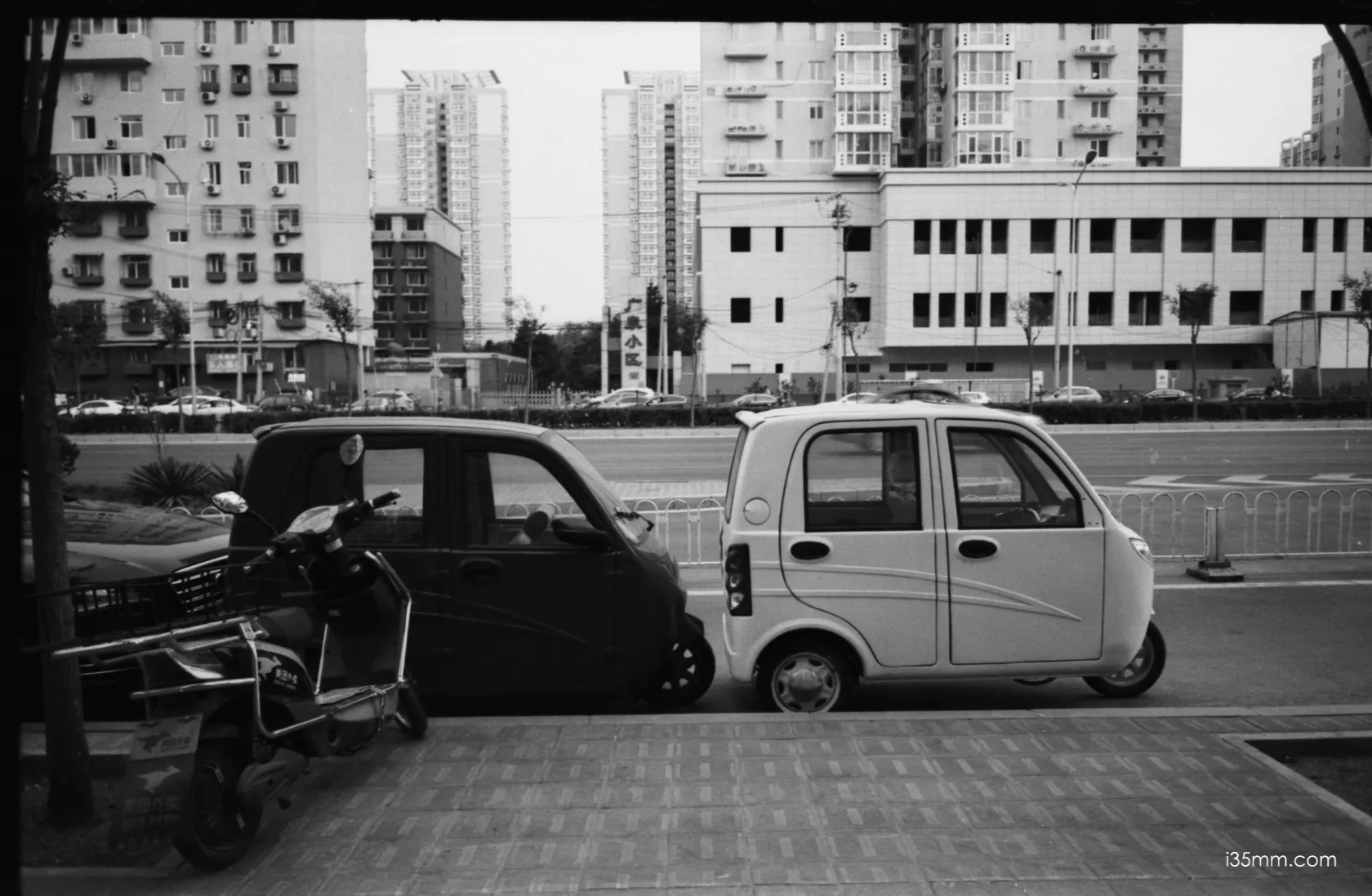
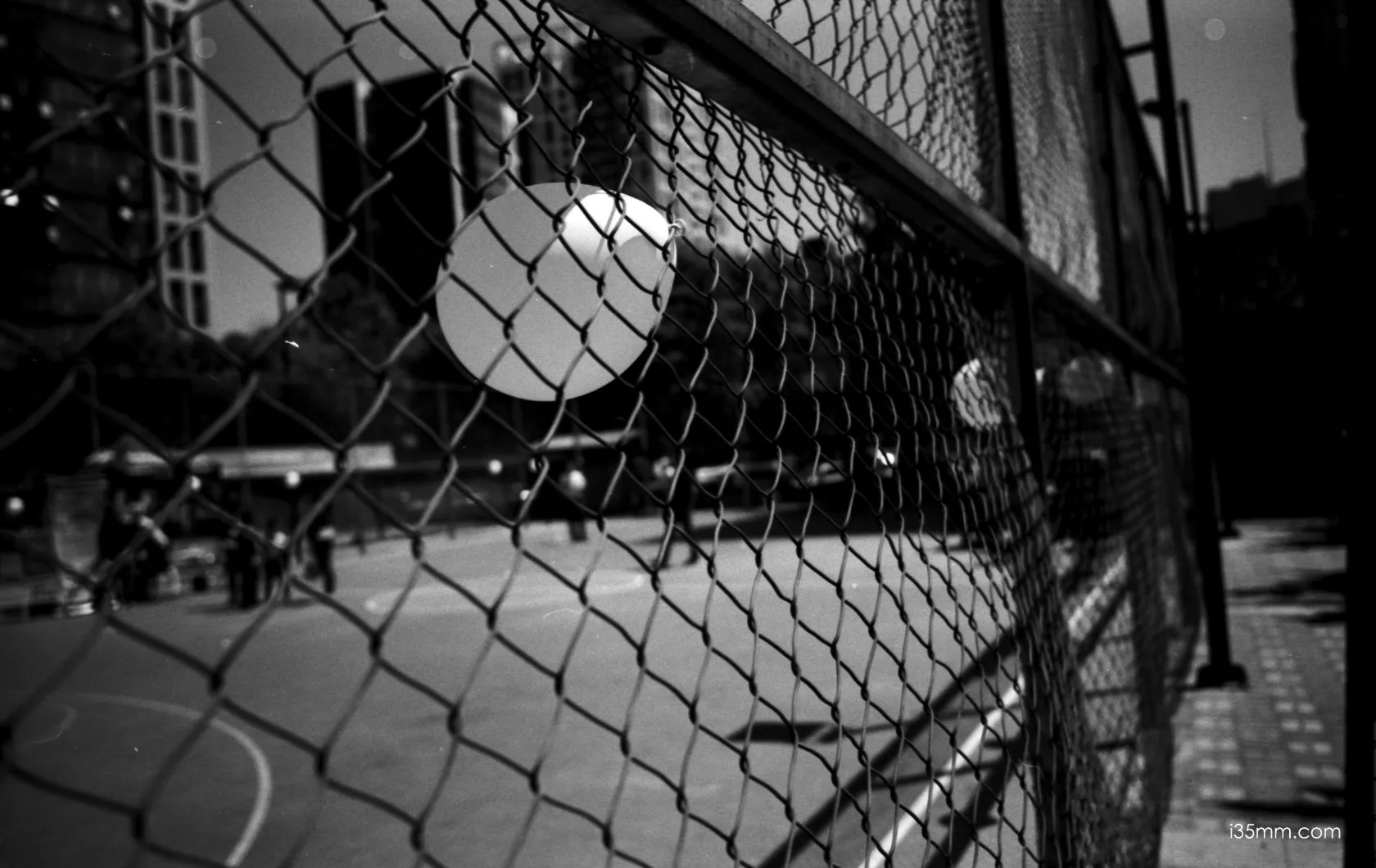

The Leica M8 is a digital rangefinder camera that has been around for almost twenty years. It’s not just a technological marvel for me, but also a great emotional support and creative partner. Whenever I pick it up, it’s like I’m embarking on a special photographic journey, and every click of the shutter is a part of my deep connection with the world. The Leica M8 is more than just a classic camera to me – it’s an indispensable companion and a constant source of inspiration in my photographic career.
I just love the M8 because it’s so reliable and pure, and it never goes out of style. In this day and age, where cameras are getting more and more advanced with each new generation, the M8 stands out for sticking to the traditional manual operation and rangefinder linkage. I really admire this return to the essence of photography! It made me realise that the value of photography doesn’t depend on whether it’s technologically advanced or not. It’s about how the photographer captures and conveys their emotions and thoughts through the lens.
I find that using the M8 to shoot black and white photos is a kind of emotional catharsis and artistic pursuit that I really enjoy. The world in black-and-white shades, fading away the noise of colour, leaving behind pure light and shadow and deep emotions. The M8 with its excellent control of shadow, so that each photo is full of power and infectious. They are not only visually enjoyable, but also touching the heart. It was such a wonderful feeling, like I was travelling through time and space! I felt connected to those classic black-and-white photographs and I could really feel the eternal charm of the art of photography.
When I first saw Wim Wenders’ beautiful black-and-white ad for the Leica M8, I was really moved. It was so much more than just a display of images. It touched my heart and resonated with me deeply, as if it truly understood the art of photography.
The black-and-white images unfolded slowly, and every detail seemed to have been carefully crafted over time, revealing an indescribable purity and depth. I was completely captivated by the moments of light and shadow, feeling the emotions and stories behind each frame. Wim Wenders has done an amazing job! He has such a unique perspective and exquisite skills. He has brought out the charm of the Leica M8 in the best possible way. I’m now yearning for and loving this camera like never before!
I know that black-and-white photography is all about playing with light and shadow to create something really special. It lets the photographer focus more on the composition of the image, the layers of light and shadow, and the emotion in the picture. The Leica M8 is a fantastic camera for black and white photography. It has excellent image quality, precise focusing ability and unique German colours. I would absolutely love to have a camera like that so I can capture every single moment of my life and record all those beautiful, heart-melting moments that just seem to pass by in the blink of an eye.
That advertisement just fills my heart with so much longing and love for the Leica M8 whenever I think of it! It’s not just a camera, it’s my best friend! It helps me pursue my passion for photography and express my inner feelings. I truly believe that in the days to come, I will grow with the Leica M8. I will explore the infinite possibilities of photography together with it and interpret the beauty and sorrow of the world with black and white images.
Let me tell you about the amazing CCD sensor in the Leica M8! This digital rangefinder camera has a CCD sensor that offers some truly unique advantages. CCD sensors are a type of image sensor that have been used in early digital cameras for a long time. They have some great features that really make a difference, and you can see all of that in the Leica M8!









Production period: 1961-1995 Code: 11869(black), 11870(black 11871 (with M3 attachment), 1 1860(titanium) Serial#:1,730,001-n/a Total production: n/a Maximum aperture: 1: 1.4 Focal length(nominal): 35mm Angle: 640 Minimum distance: 100cm(M3)65cm(other Weight: 245 grams, later 195 grams, Filter: E41. later VII
